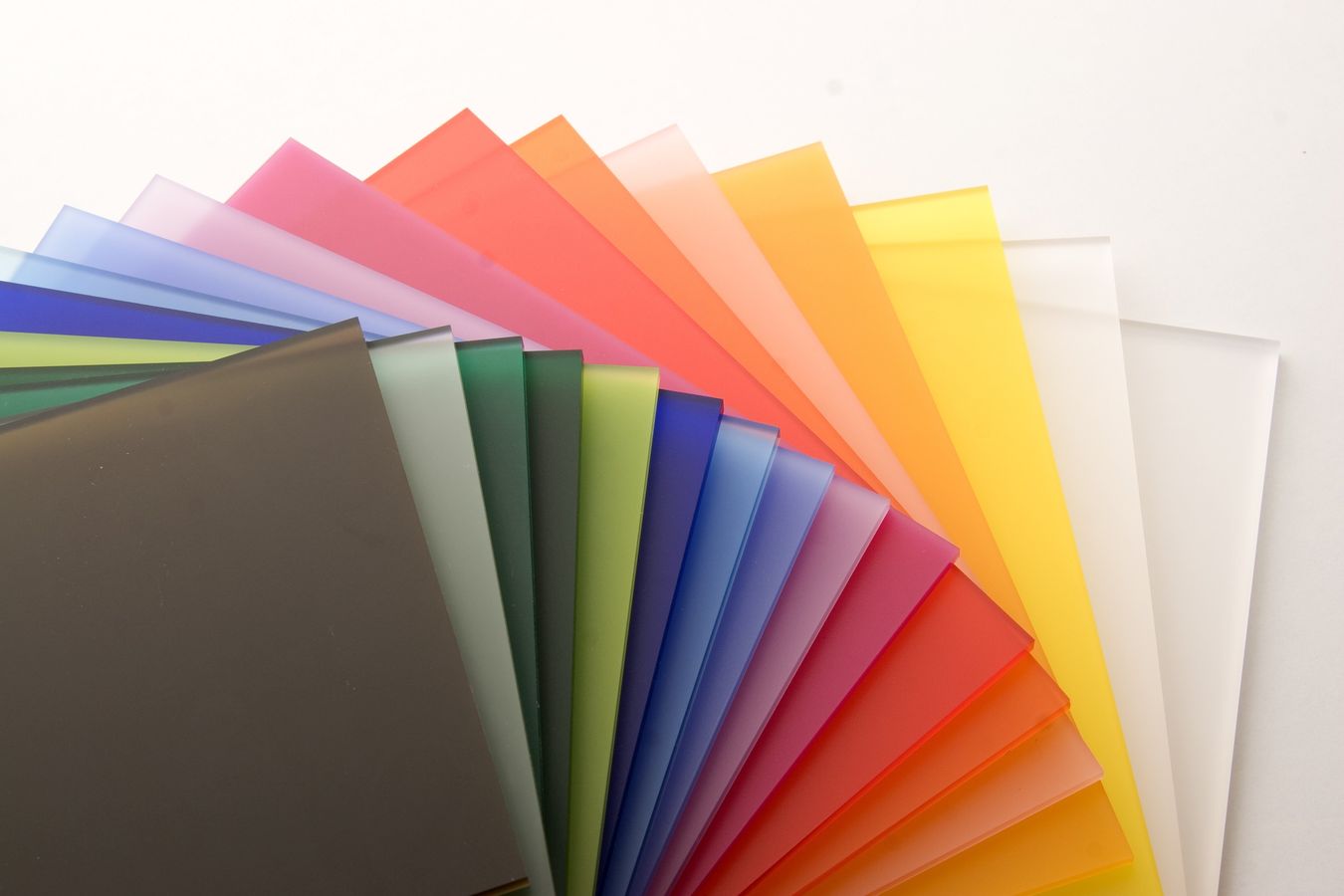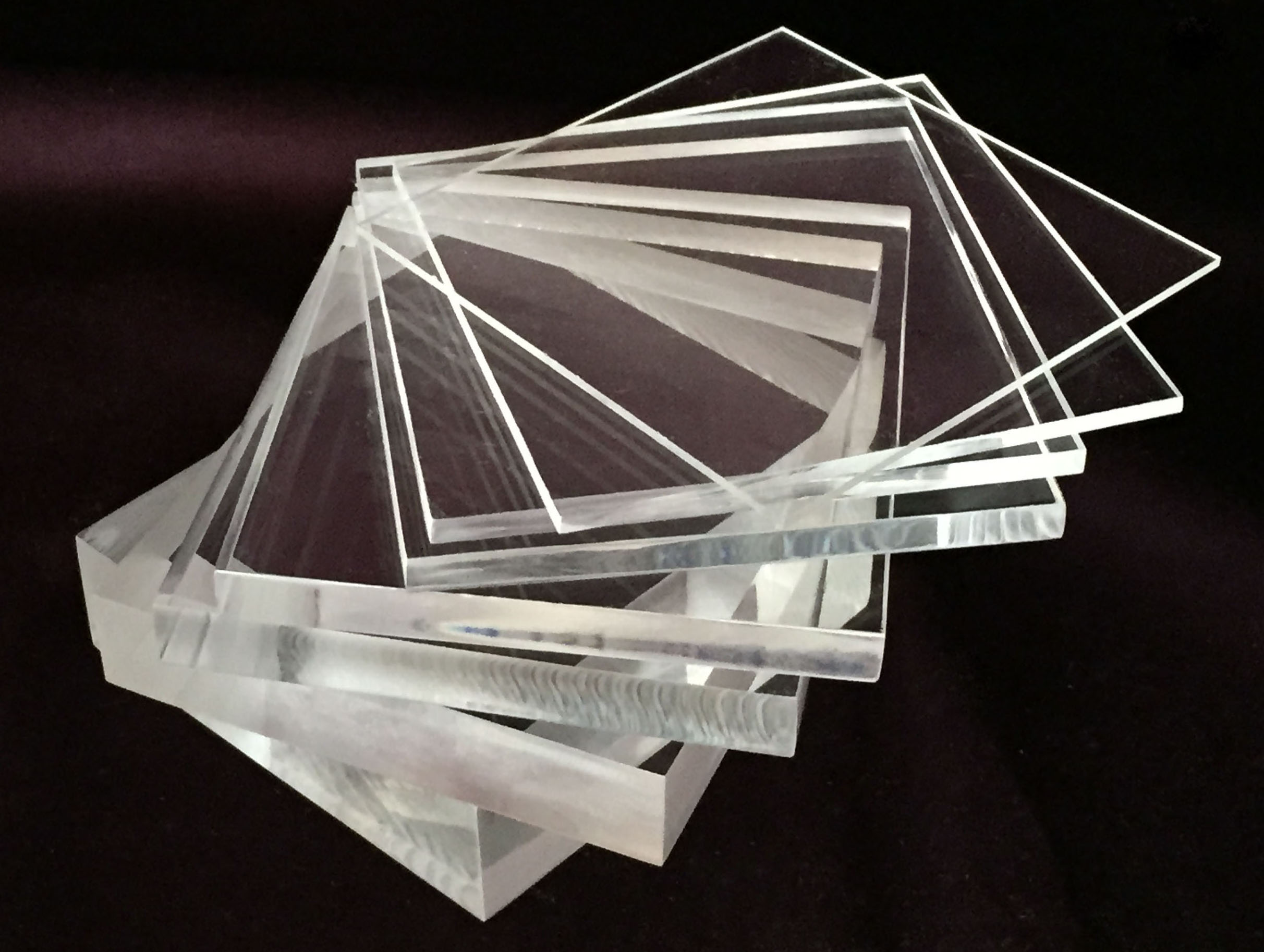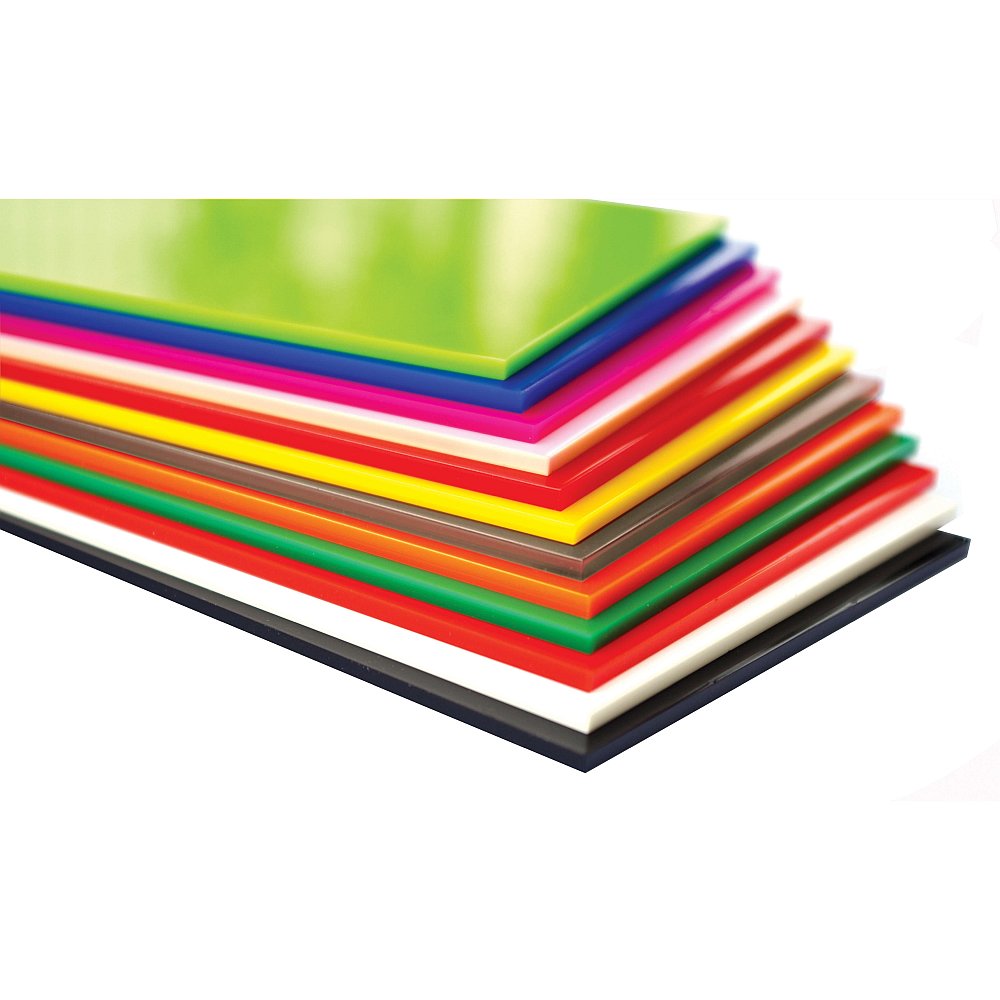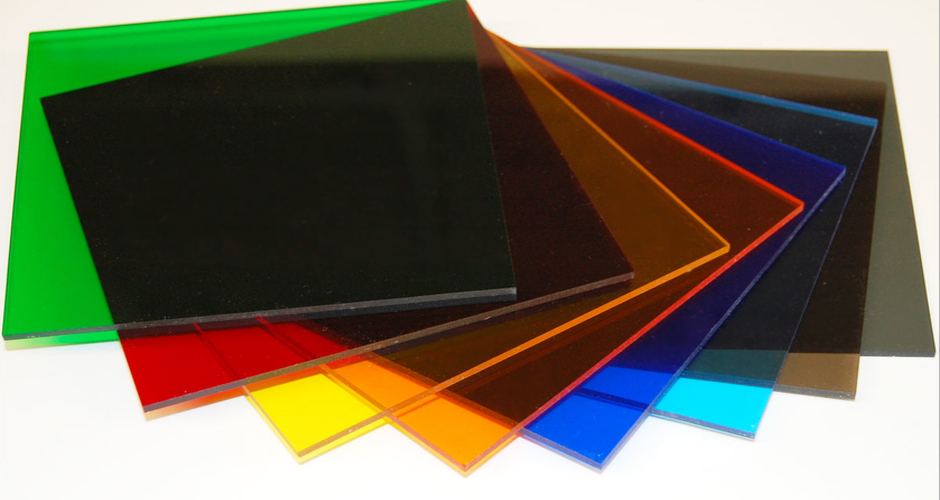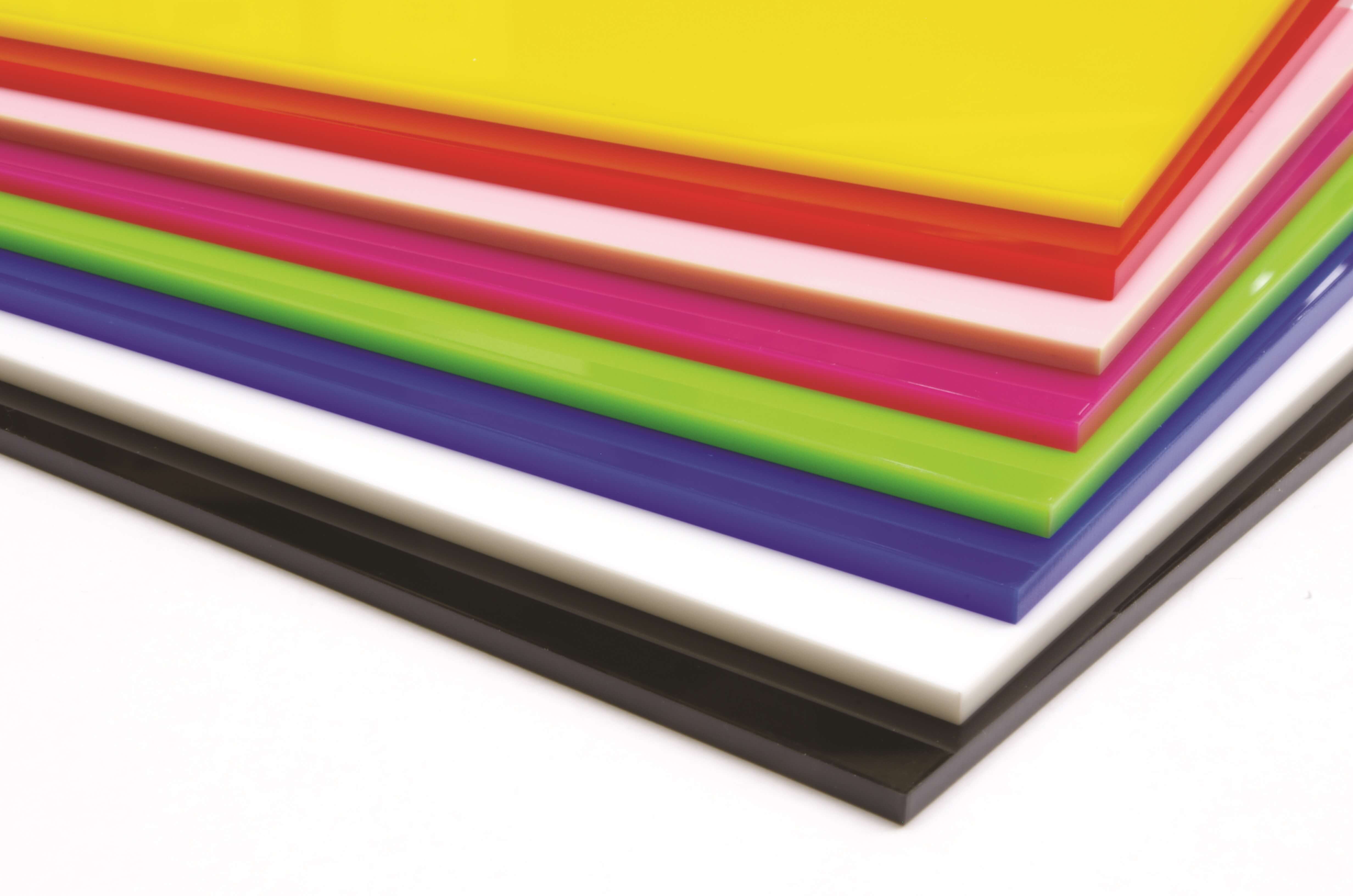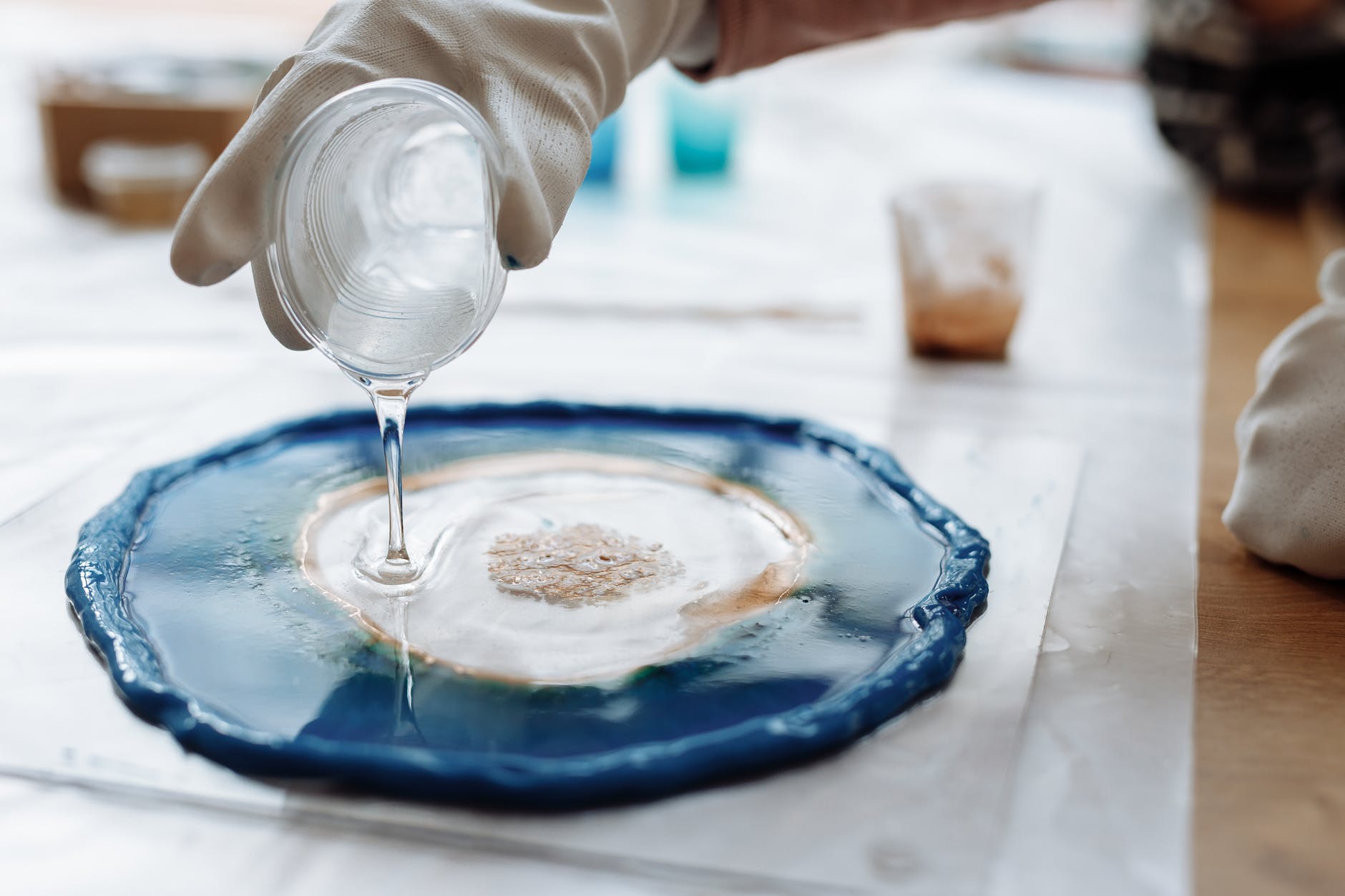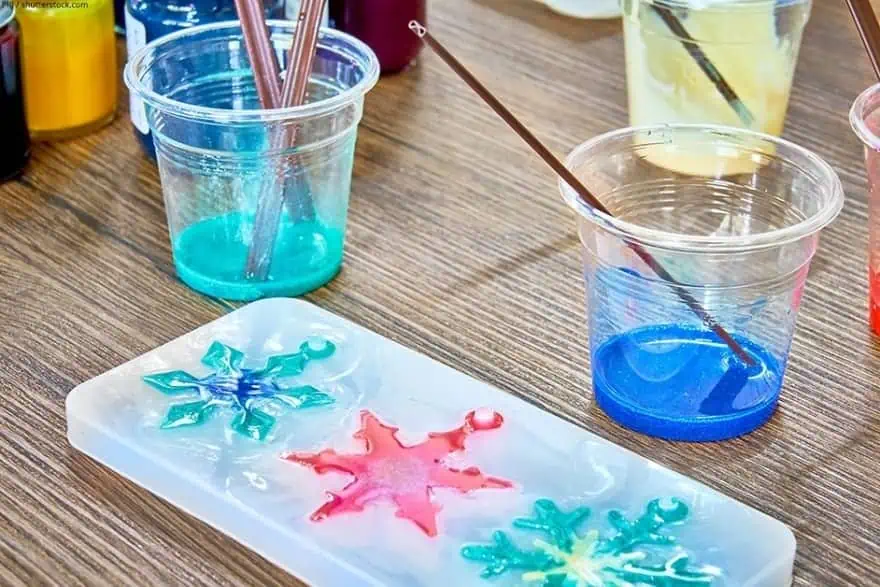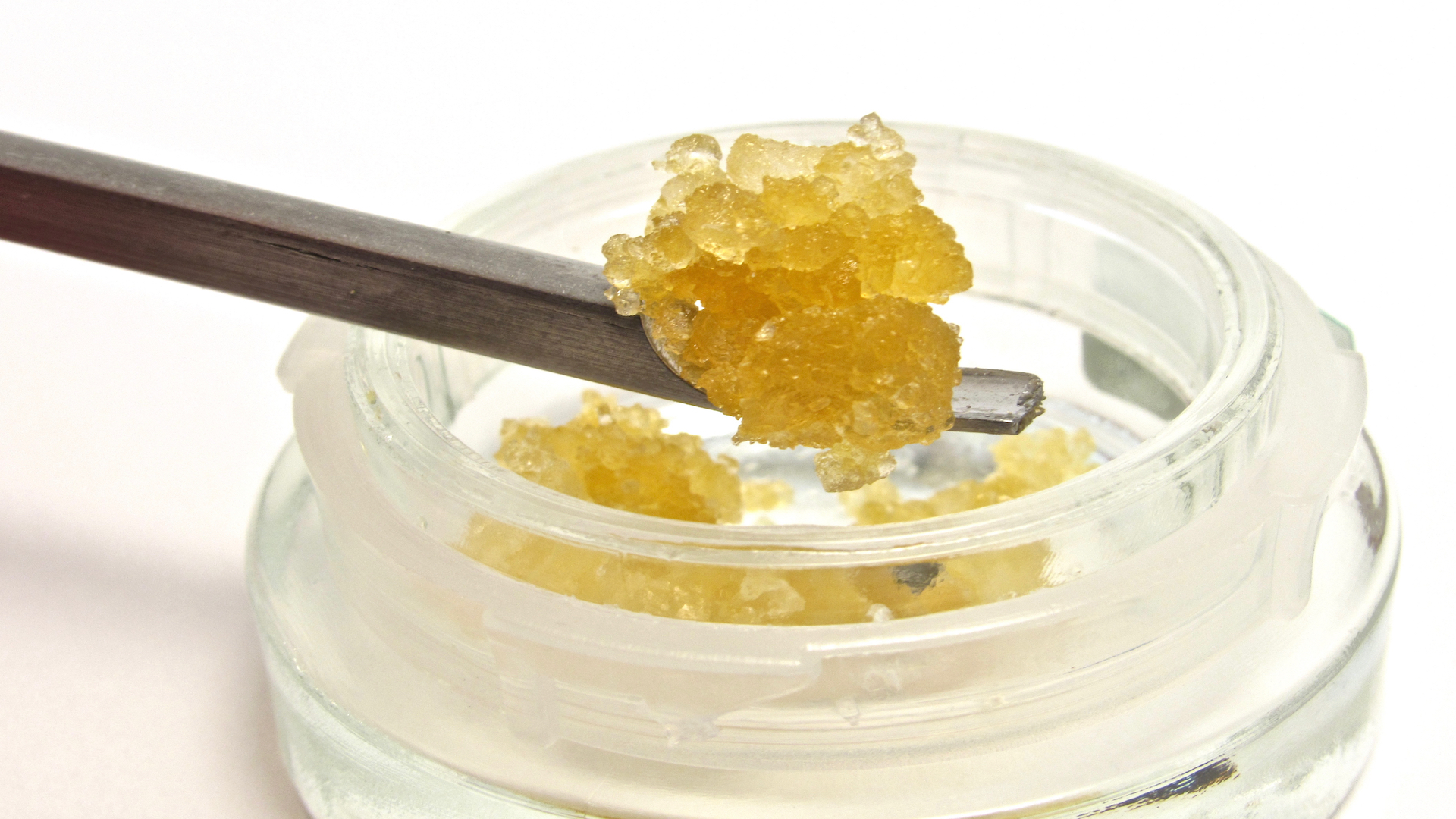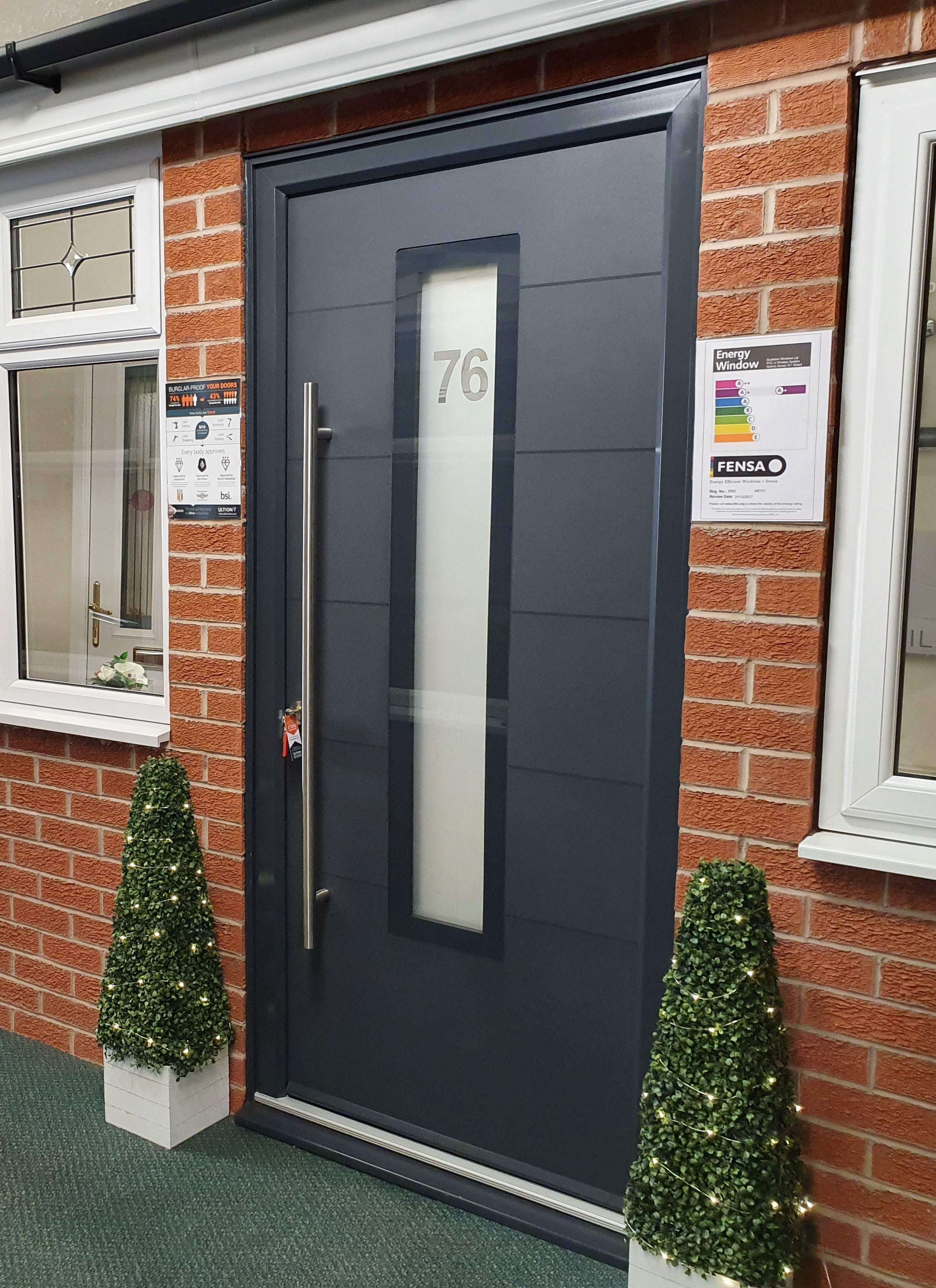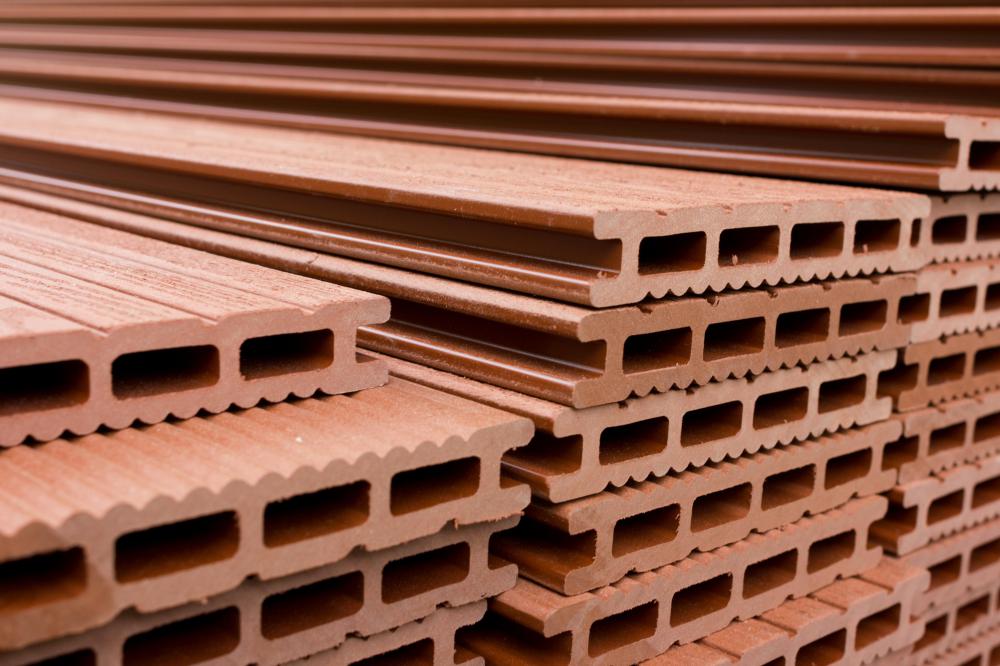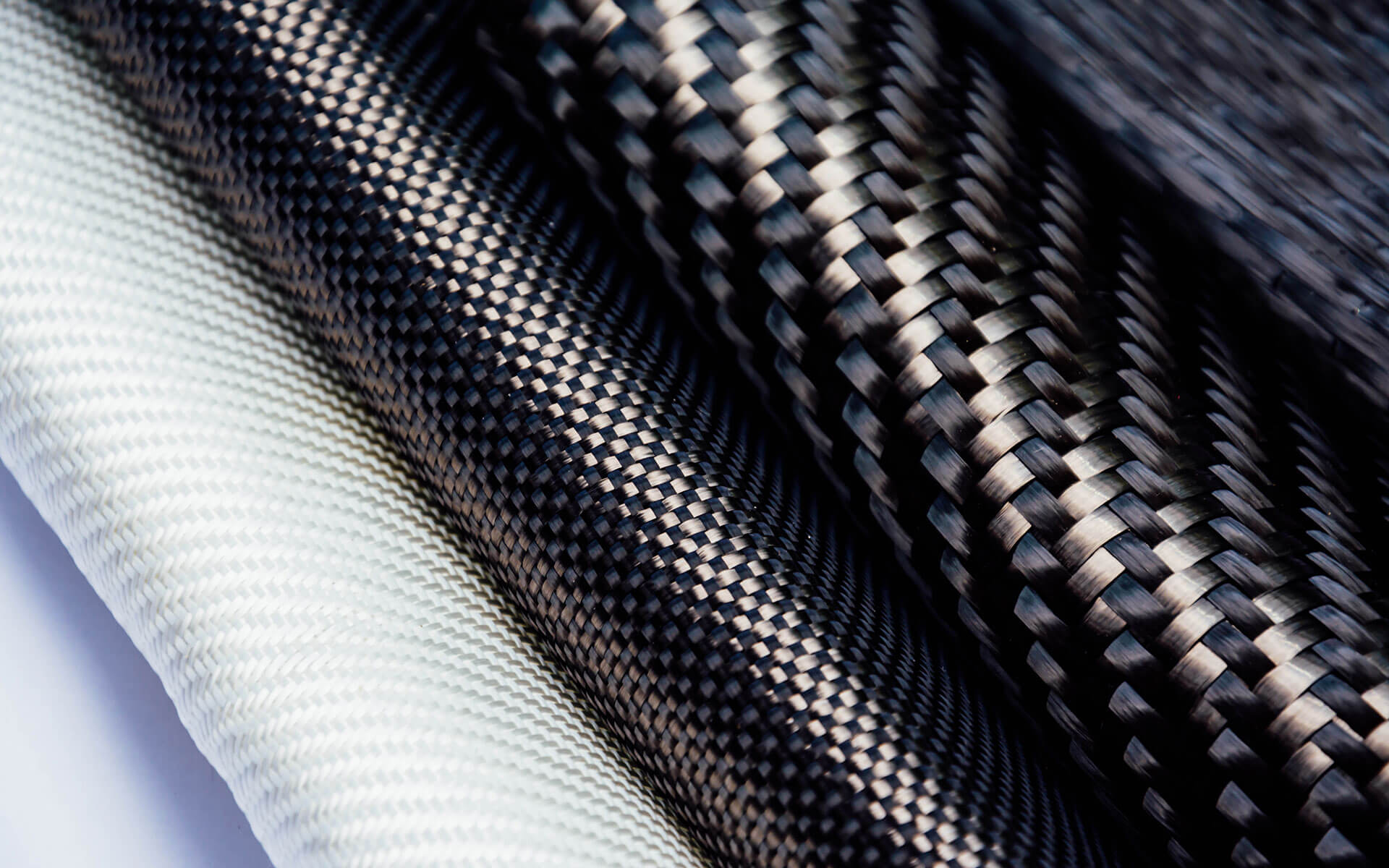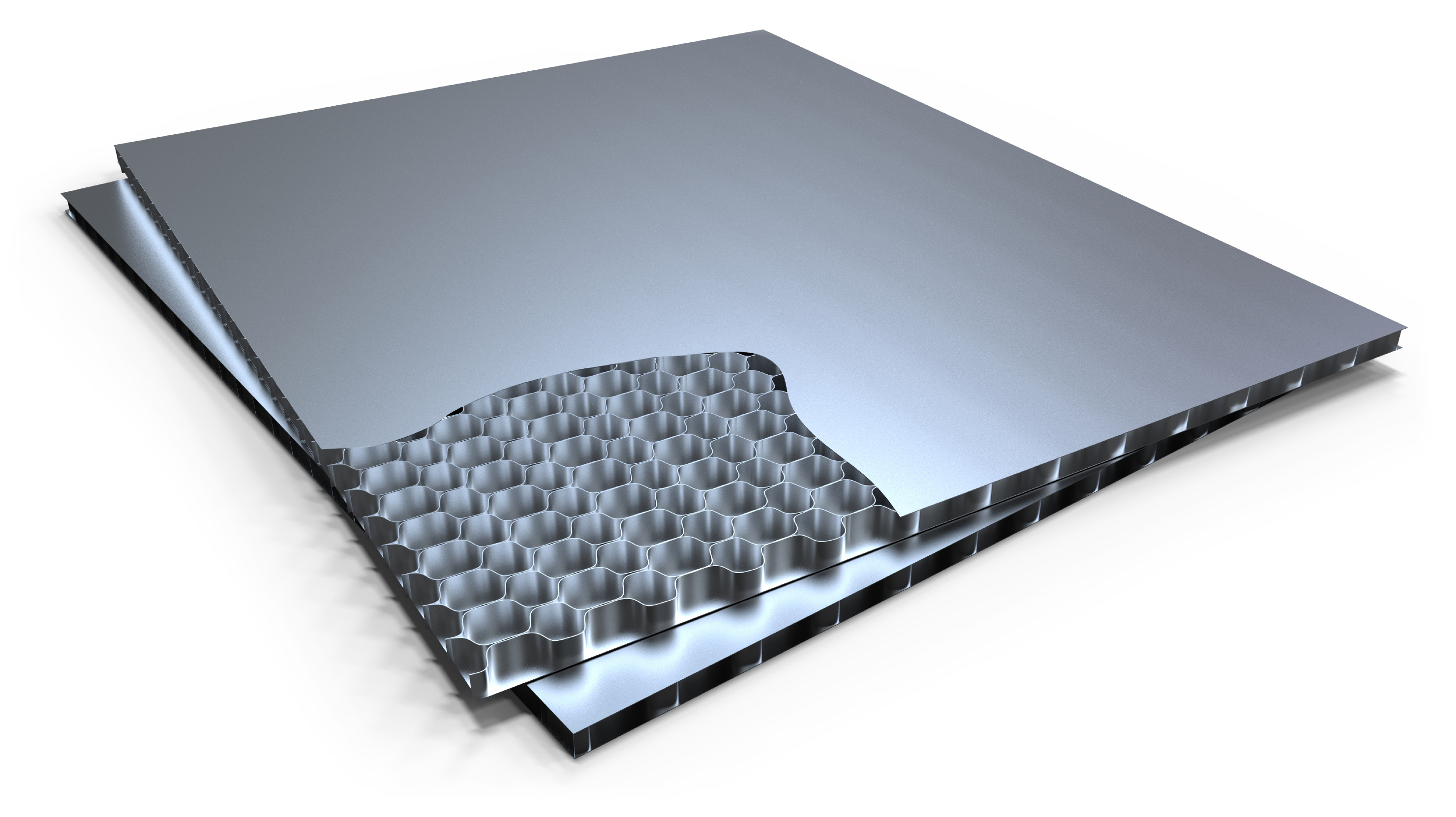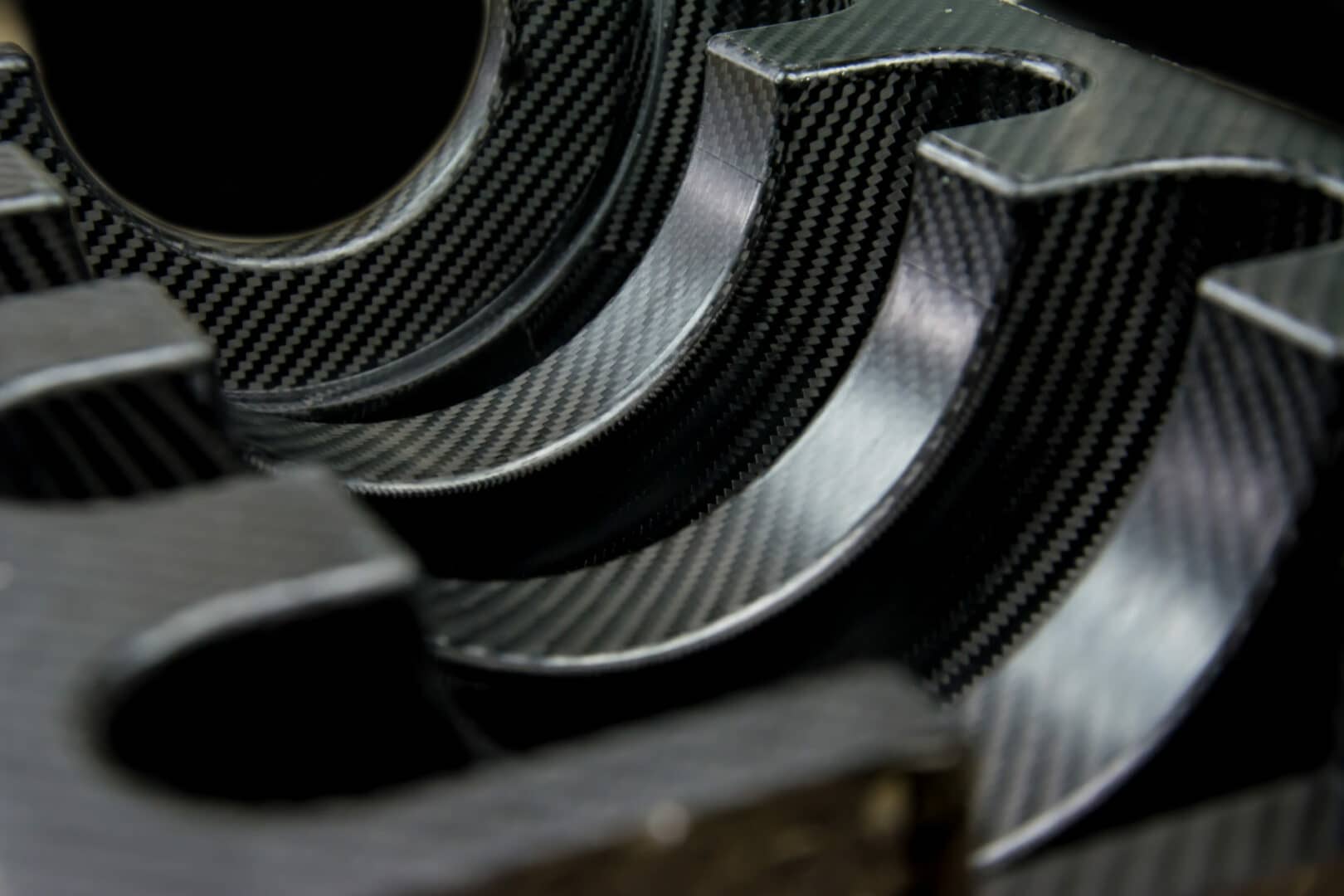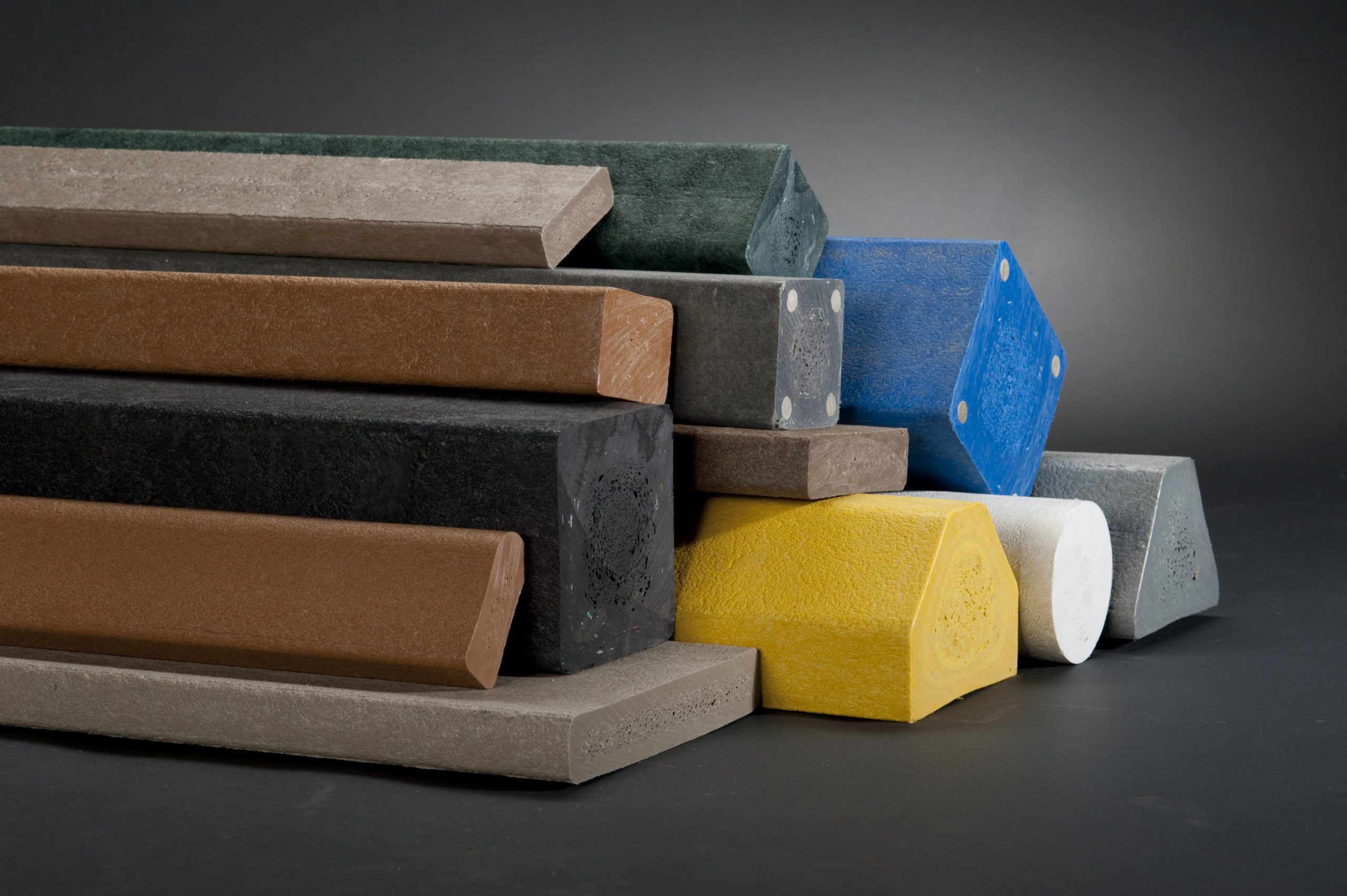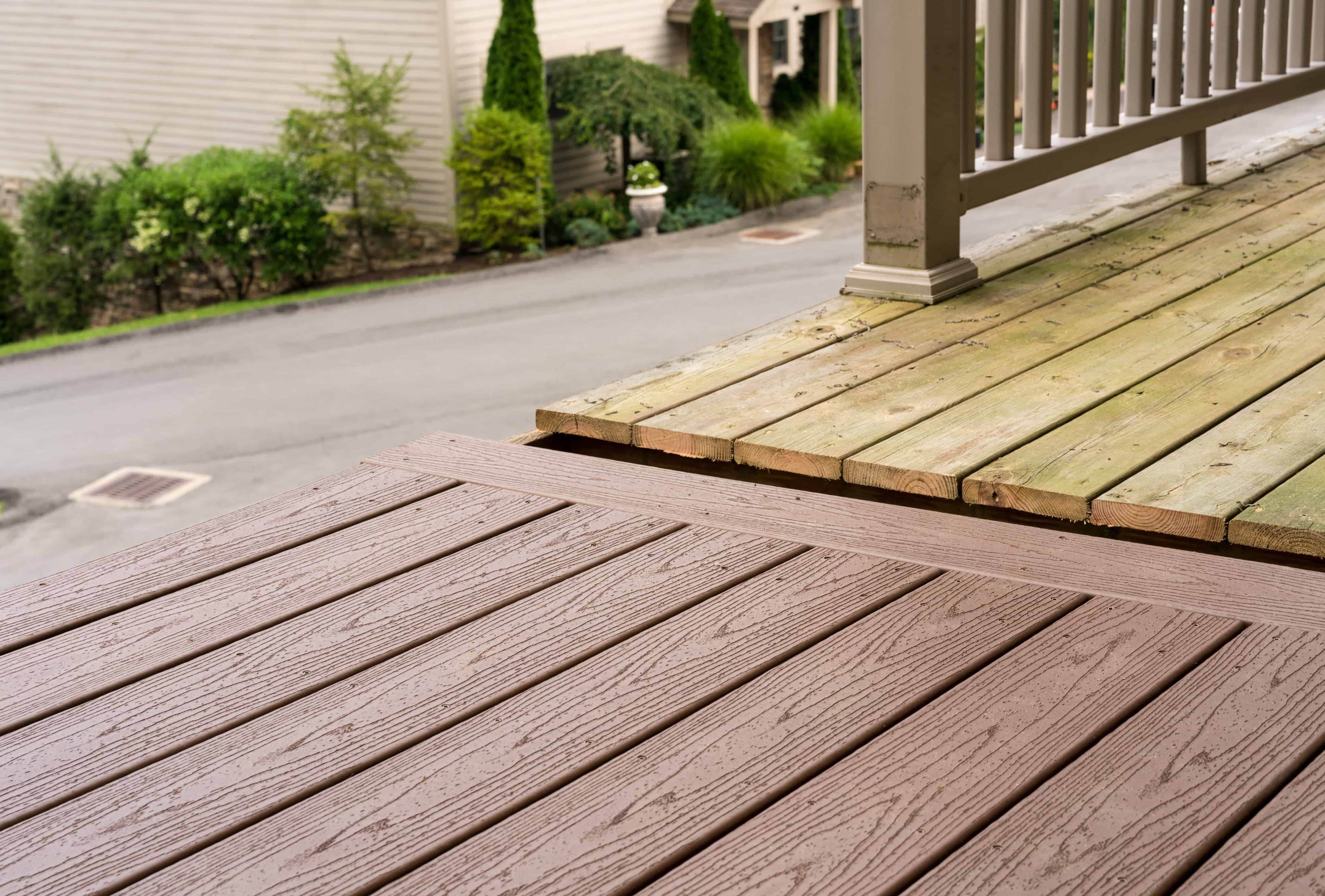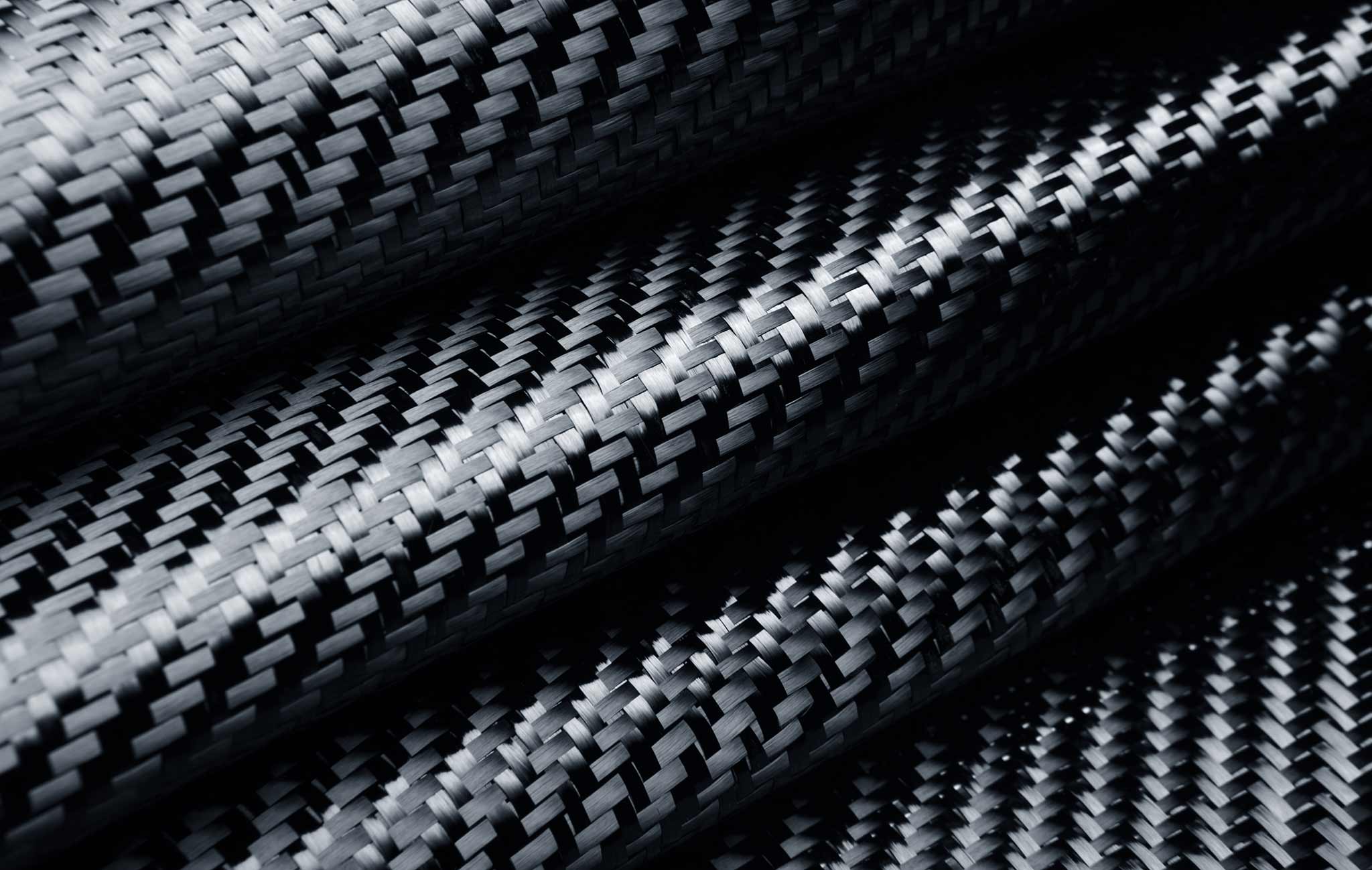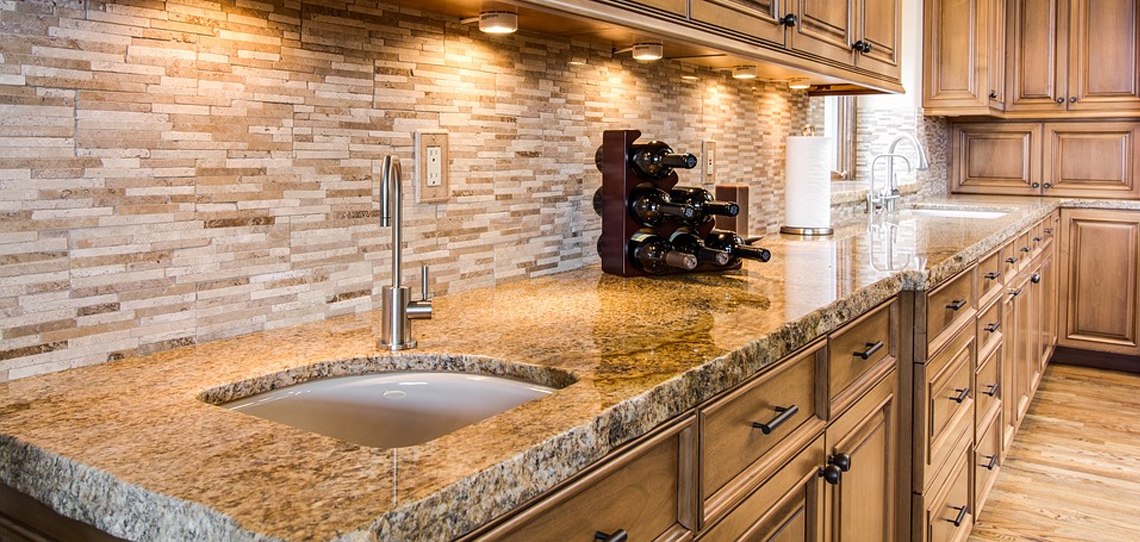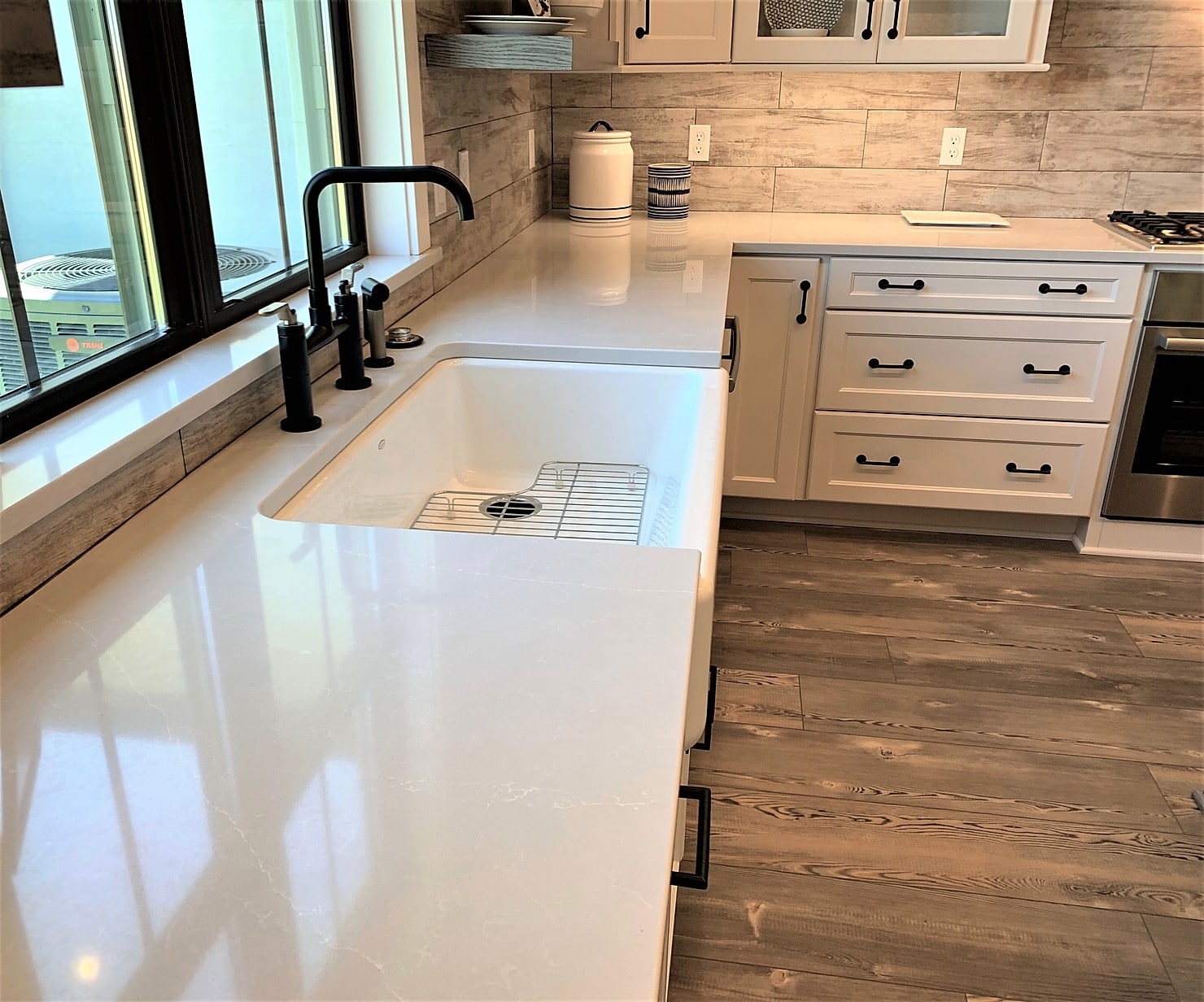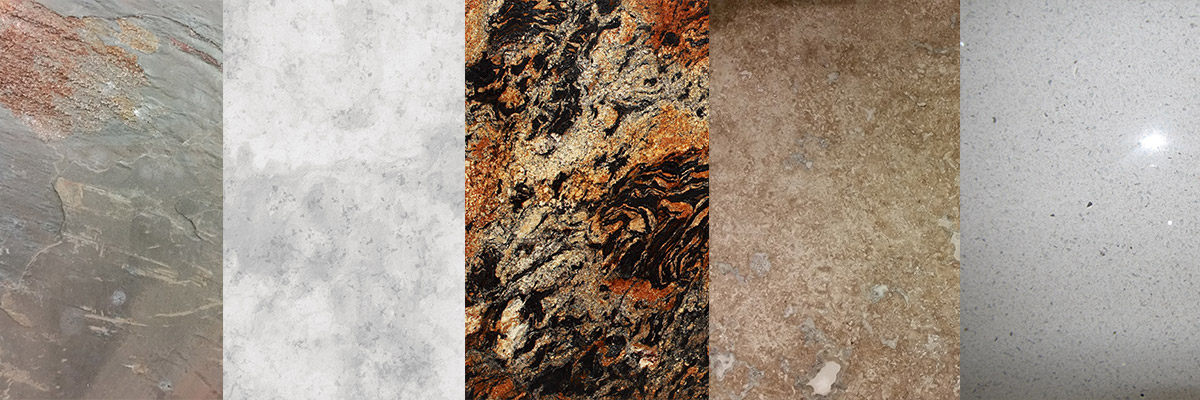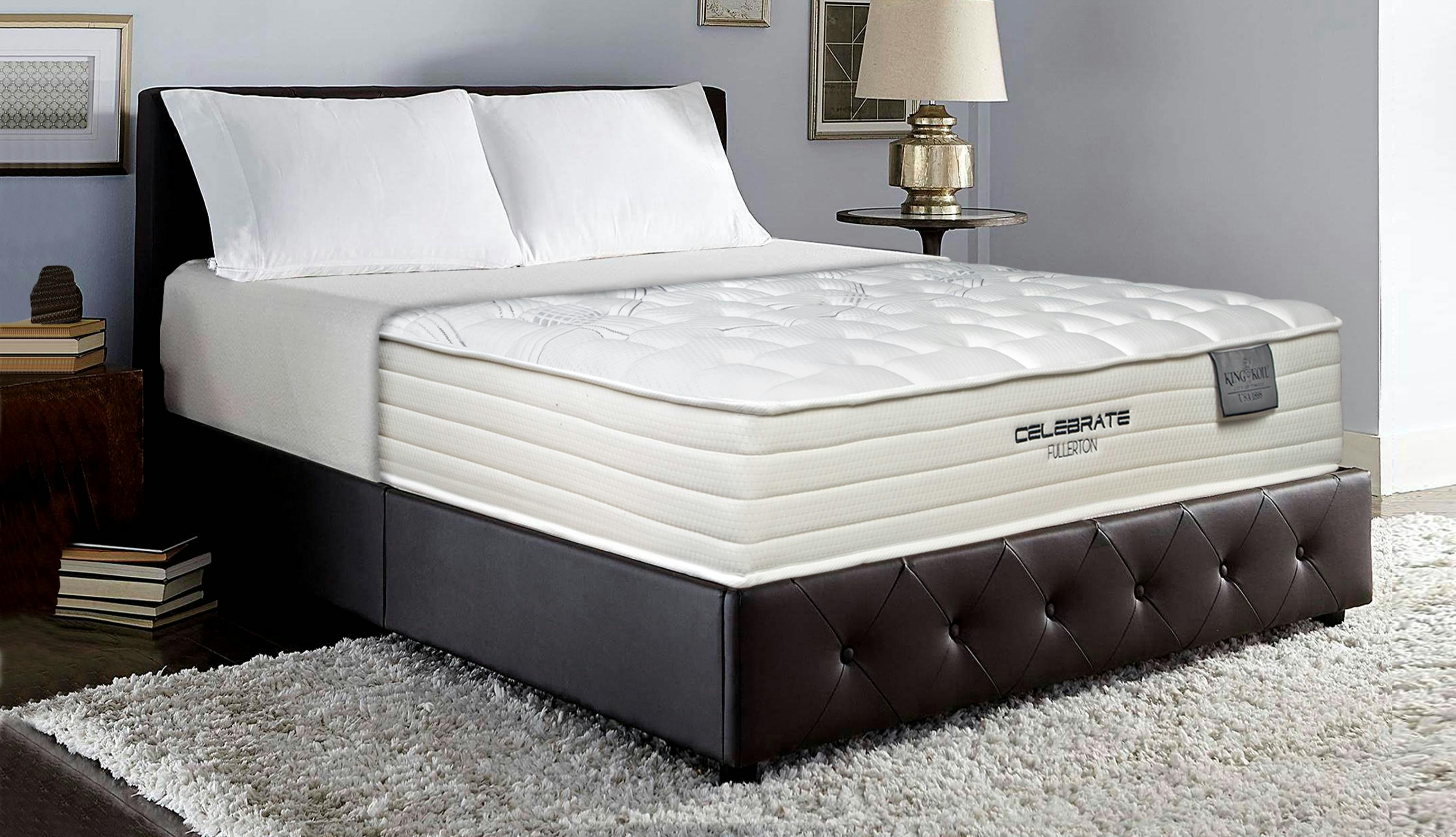When it comes to luxury and elegance, it's hard to beat the timeless beauty of marble. This natural stone has been used in construction and interior design for centuries, and it remains a popular choice for seamless bathroom sinks. With its distinctive veining and smooth surface, marble adds a touch of sophistication to any bathroom. Marble is a metamorphic rock that is formed when limestone is subjected to intense heat and pressure. This process creates the unique patterns and colors that make marble so desirable. From classic white Carrara to dramatic black Nero Marquina, there are endless options to choose from when it comes to marble bathroom sinks. One of the main advantages of marble is its durability. It is a hard, dense stone that can withstand daily use without showing signs of wear and tear. However, it is important to note that marble is a porous stone and can be susceptible to staining if not properly sealed. Regular maintenance and sealing can help protect your marble sink and keep it looking pristine for years to come. Marble
Quartz is a man-made material that has gained popularity in recent years for its durability and versatility. It is composed of natural quartz crystals, resin, and pigments, making it a non-porous and stain-resistant option for a seamless bathroom sink. It is also available in a wide range of colors and patterns, making it easy to find a quartz sink that complements your bathroom design. One of the main advantages of quartz is its low maintenance. It is a non-porous material, which means it does not require sealing like natural stones do. It is also resistant to scratches and chips, making it a practical choice for a high-traffic bathroom. Additionally, quartz is heat-resistant, which means you can place hot tools or objects on its surface without worrying about damage. Another benefit of quartz is its uniformity. Unlike natural stones, which can have variations in color and pattern, quartz is consistent in appearance. This makes it easier to match with other elements in your bathroom and creates a seamless and cohesive look. Quartz
Porcelain is a type of ceramic that is known for its strength and durability. It is made from a mixture of clay, feldspar, and quartz, which is fired at high temperatures to create a dense and non-porous material. Porcelain bathroom sinks are a popular choice for their strength, affordability, and easy maintenance. One of the main advantages of porcelain is its resistance to scratches and stains. It is a hard and durable material that can withstand daily use without showing signs of wear and tear. It is also easy to clean and does not require sealing like natural stones do. This makes porcelain a practical choice for a busy bathroom. Porcelain sinks are also available in a wide range of colors and styles, making it easy to find one that fits your bathroom design. From classic white to bold colors and patterns, porcelain sinks offer versatility and customization options for your bathroom. Porcelain
Ceramic is another popular material for seamless bathroom sinks. Like porcelain, it is made from a mixture of clay and other materials, which is then fired at high temperatures to create a hard and non-porous material. Ceramic sinks are a budget-friendly option that offers both style and durability. One of the main advantages of ceramic is its versatility. It is available in a wide range of colors, shapes, and sizes, making it easy to find a ceramic sink that fits your bathroom design. It is also a popular choice for its affordability, making it a great option for a bathroom renovation on a budget. Ceramic is also a low-maintenance material that is resistant to scratches and stains. It is easy to clean and does not require sealing, making it a practical choice for a busy bathroom. However, it is important to note that ceramic sinks can be prone to chipping or cracking if heavy objects are dropped on them. Ceramic
Granite is a natural stone that is formed from molten magma and is known for its durability and unique appearance. It is composed of various minerals, giving it a distinctive speckled pattern and a wide range of colors to choose from. Granite bathroom sinks are a popular choice for their beauty and strength. One of the main advantages of granite is its strength and durability. It is a hard and dense material that can withstand daily use without showing signs of wear and tear. It is also heat-resistant, making it a practical choice for a bathroom sink where hot tools or objects may be used. Granite is also a unique and luxurious material that adds a touch of elegance to any bathroom. With its natural variation in color and pattern, no two granite sinks are alike, making it a one-of-a-kind addition to your bathroom. However, it is important to note that granite is a porous stone and may require regular sealing to protect it from stains and bacteria. Granite
Solid surface is a man-made material that is composed of minerals, resins, and pigments. It is non-porous, making it a hygienic and stain-resistant option for a seamless bathroom sink. Solid surface sinks are available in a wide range of colors and patterns, making it easy to find one that fits your bathroom design. One of the main advantages of solid surface is its seamless and smooth appearance. The material can be molded and shaped into any design, creating a sleek and modern look for your bathroom sink. It is also a low-maintenance material that is easy to clean and does not require sealing or special cleaning products. Another benefit of solid surface is its durability. It is a non-porous material that is resistant to scratches and chips, making it a practical choice for a high-traffic bathroom. It is also heat-resistant, which means it can withstand exposure to hot objects without being damaged. Solid Surface
Acrylic is a man-made material that is composed of a combination of polymers and minerals. It is a lightweight and durable material that is a popular choice for bathroom sinks. Acrylic sinks are available in a wide range of colors and styles, making it easy to find one that fits your bathroom design. One of the main advantages of acrylic is its affordability. It is a budget-friendly option that offers both style and durability. It is also a lightweight material, making it easy to install and transport. Additionally, acrylic is a non-porous material that is resistant to stains and scratches, making it a practical choice for a busy bathroom. Acrylic is also a versatile material that can be molded into various designs and shapes. This allows for endless customization options for your bathroom sink. However, it is important to note that acrylic sinks can be prone to chipping or cracking if heavy objects are dropped on them. Acrylic
Resin is a synthetic material that is composed of a mixture of polymers and minerals. It is a popular choice for bathroom sinks due to its durability and low maintenance. Resin sinks are available in a wide range of colors and styles, making it easy to find one that fits your bathroom design. One of the main advantages of resin is its strength and durability. It is a non-porous material that is resistant to scratches and stains, making it a practical choice for a high-traffic bathroom. It is also a lightweight material, making it easy to install and transport. Resin is also a versatile material that can be molded into various designs and shapes. This allows for endless customization options for your bathroom sink. However, it is important to note that resin sinks may require regular cleaning and maintenance to prevent discoloration or damage from harsh chemicals. Resin
Composite is a man-made material that is composed of a combination of natural minerals and resins. It is a popular choice for bathroom sinks due to its strength, durability, and low maintenance. Composite sinks are available in a variety of colors and styles, making it easy to find one that fits your bathroom design. One of the main advantages of composite is its durability. It is a non-porous material that is resistant to scratches and stains, making it a practical choice for a high-traffic bathroom. It is also a lightweight material, making it easy to install and transport. Composite is also a versatile material that can be molded into various designs and shapes. This allows for endless customization options for your bathroom sink. However, it is important to note that composite sinks may require regular cleaning and maintenance to prevent discoloration or damage from harsh chemicals. Composite
Engineered stone is a man-made material that is composed of a combination of natural minerals and resins. It is a popular choice for bathroom sinks due to its strength, durability, and low maintenance. Engineered stone sinks are available in a variety of colors and styles, making it easy to find one that fits your bathroom design. One of the main advantages of engineered stone is its durability. It is a non-porous material that is resistant to scratches and stains, making it a practical choice for a high-traffic bathroom. It is also a lightweight material, making it easy to install and transport. Engineered stone is also a versatile material that can be molded into various designs and shapes. This allows for endless customization options for your bathroom sink. However, it is important to note that engineered stone sinks may require regular cleaning and maintenance to prevent discoloration or damage from harsh chemicals. In conclusion, when it comes to choosing the main material for a seamless bathroom sink, there are many options to consider. Each material offers its own unique benefits and characteristics, so it is important to carefully evaluate your needs and preferences before making a decision. Whether you prefer the elegance of marble or the durability of quartz, there is a material out there that will perfectly fit your bathroom design and lifestyle. Engineered Stone
The Benefits of Using Seamless Bathroom Sink Materials
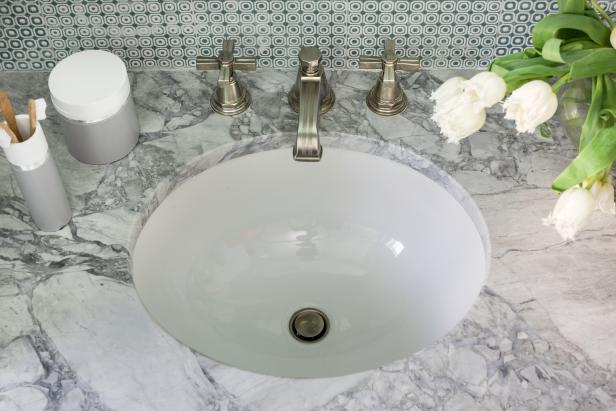
Creating a Sleek and Modern Look
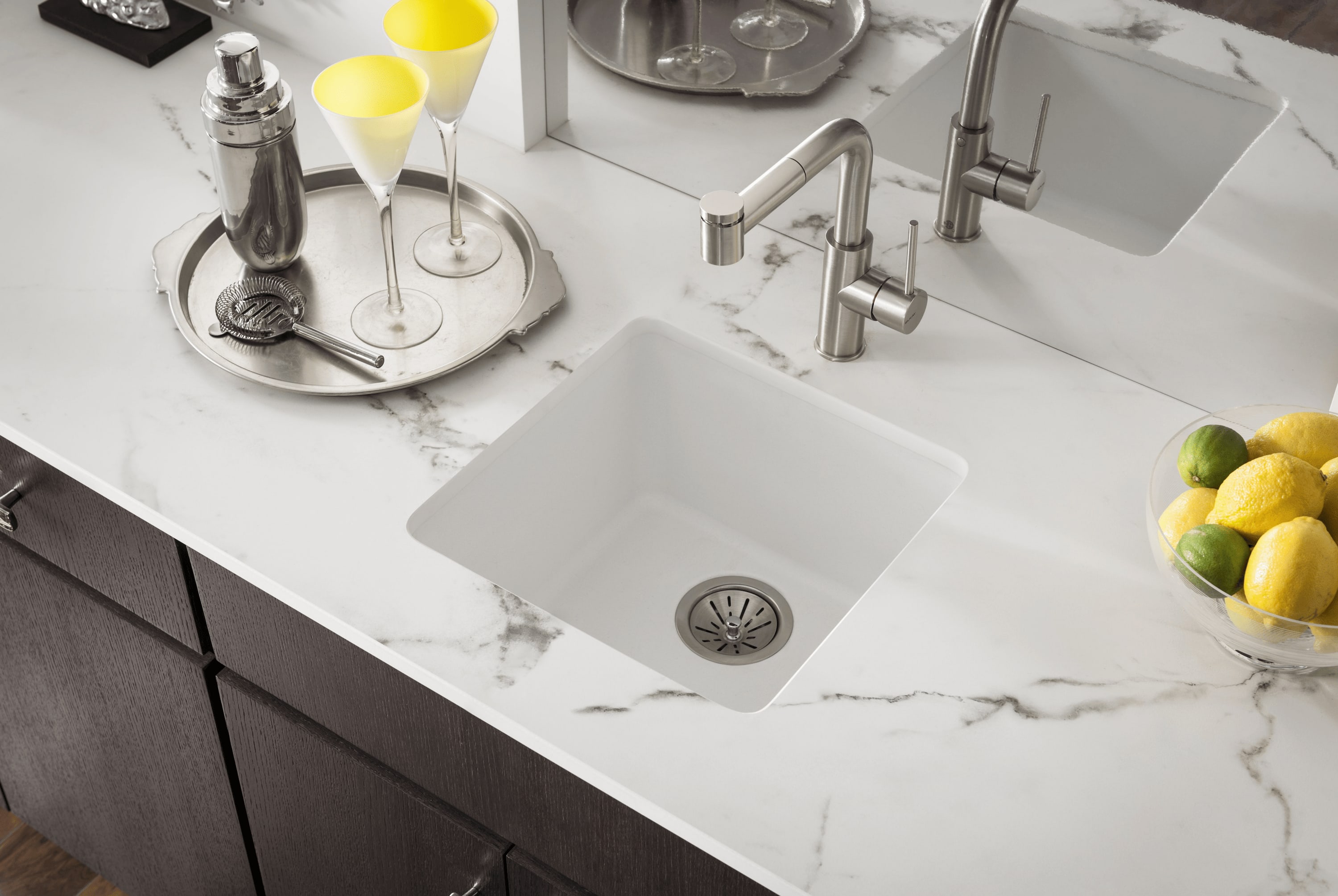 When it comes to designing a bathroom, every detail matters. From the tiles on the floor to the fixtures on the walls, everything plays a role in creating the overall aesthetic of the space. The
material used for seamless bathroom sinks
is no exception. In fact, it can make a significant impact on the overall look and feel of your bathroom. Seamless sink materials, such as solid surface or quartz, offer a sleek and modern look that can elevate the design of any bathroom.
When it comes to designing a bathroom, every detail matters. From the tiles on the floor to the fixtures on the walls, everything plays a role in creating the overall aesthetic of the space. The
material used for seamless bathroom sinks
is no exception. In fact, it can make a significant impact on the overall look and feel of your bathroom. Seamless sink materials, such as solid surface or quartz, offer a sleek and modern look that can elevate the design of any bathroom.
Easy Maintenance and Durability
 One of the main reasons why homeowners are opting for seamless bathroom sink materials is because of their durability and low maintenance. Unlike traditional sinks with visible seams, seamless sinks are made from a single piece of material, making them less prone to cracks and chips. This not only makes them highly durable but also easy to clean and maintain. With no crevices for dirt and grime to build up, a simple wipe down with a mild cleaner is all it takes to keep your seamless sink looking brand new.
One of the main reasons why homeowners are opting for seamless bathroom sink materials is because of their durability and low maintenance. Unlike traditional sinks with visible seams, seamless sinks are made from a single piece of material, making them less prone to cracks and chips. This not only makes them highly durable but also easy to clean and maintain. With no crevices for dirt and grime to build up, a simple wipe down with a mild cleaner is all it takes to keep your seamless sink looking brand new.
Customizable Design Options
 Another advantage of using seamless sink materials is the wide range of design options available. These materials can be molded and shaped into any size and shape, giving homeowners the flexibility to create a sink that perfectly fits their bathroom layout. Additionally, seamless sink materials come in a variety of colors and finishes, allowing you to match it with your bathroom's overall design and color scheme.
Another advantage of using seamless sink materials is the wide range of design options available. These materials can be molded and shaped into any size and shape, giving homeowners the flexibility to create a sink that perfectly fits their bathroom layout. Additionally, seamless sink materials come in a variety of colors and finishes, allowing you to match it with your bathroom's overall design and color scheme.
Seamless Integration with Countertops
 One of the biggest advantages of using seamless sink materials is the seamless integration with countertops. As the sink and countertop are made from the same material, they blend seamlessly together, giving a cohesive and streamlined look to your bathroom. This is especially useful for smaller bathrooms where space is limited, as it creates an illusion of a larger and more open space.
One of the biggest advantages of using seamless sink materials is the seamless integration with countertops. As the sink and countertop are made from the same material, they blend seamlessly together, giving a cohesive and streamlined look to your bathroom. This is especially useful for smaller bathrooms where space is limited, as it creates an illusion of a larger and more open space.
Conclusion
 In conclusion, the
material used for seamless bathroom sinks
offers a range of benefits that make it a popular choice among homeowners and designers alike. From creating a sleek and modern look to providing easy maintenance and customizable design options, seamless sink materials are a practical and stylish choice for any bathroom. So why settle for a traditional sink when you can upgrade to a seamless one and elevate the design of your bathroom?
In conclusion, the
material used for seamless bathroom sinks
offers a range of benefits that make it a popular choice among homeowners and designers alike. From creating a sleek and modern look to providing easy maintenance and customizable design options, seamless sink materials are a practical and stylish choice for any bathroom. So why settle for a traditional sink when you can upgrade to a seamless one and elevate the design of your bathroom?
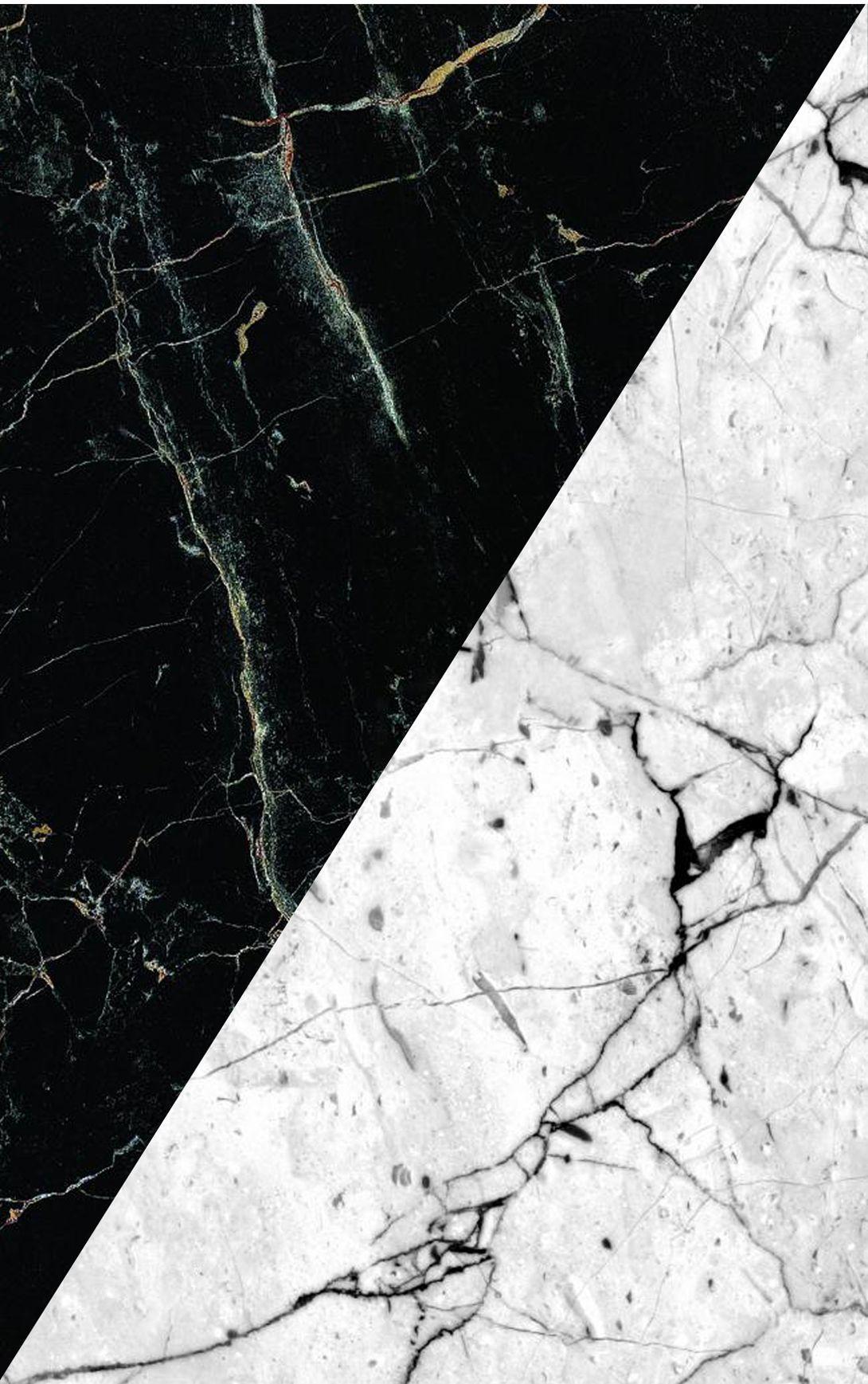


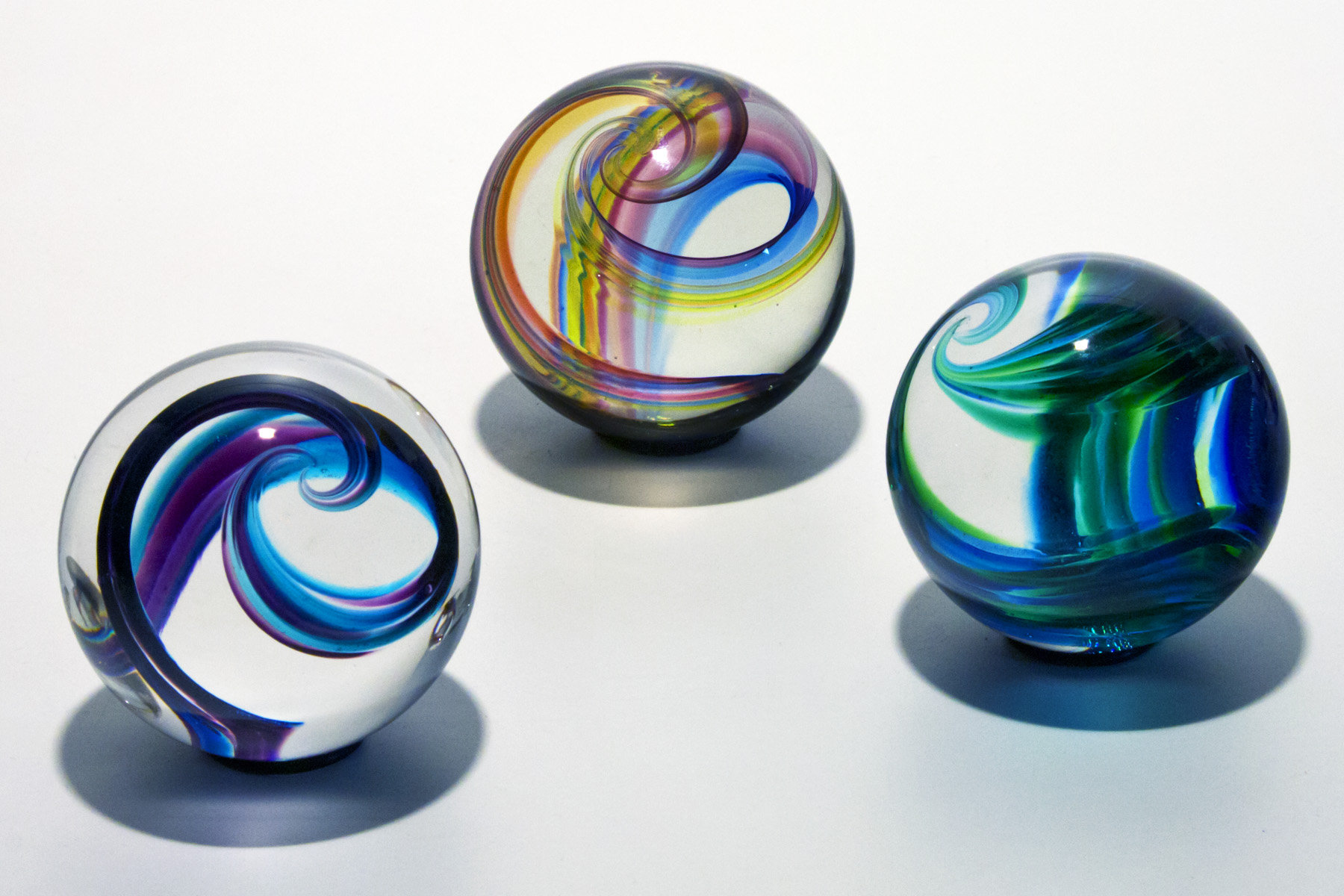
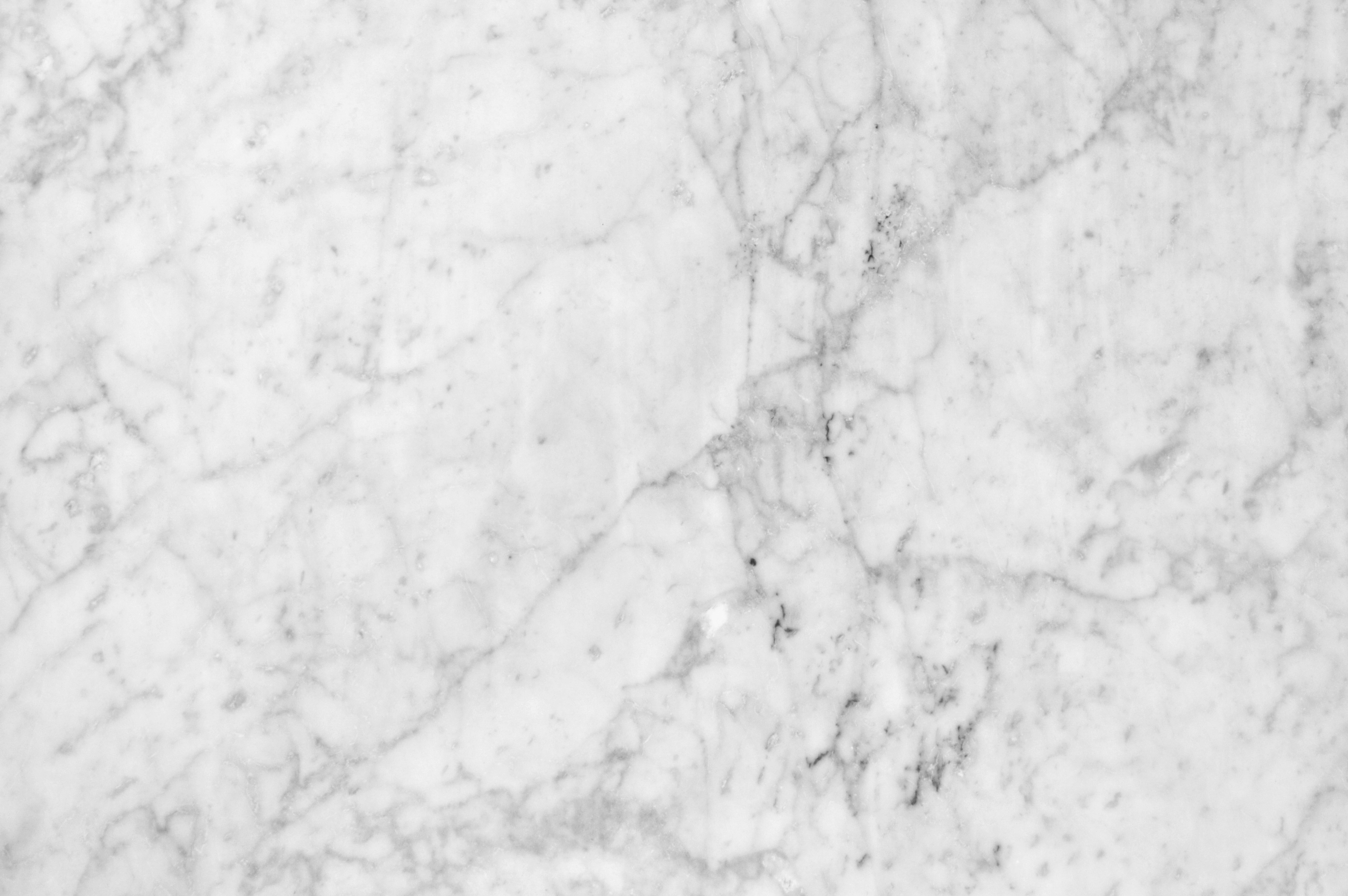

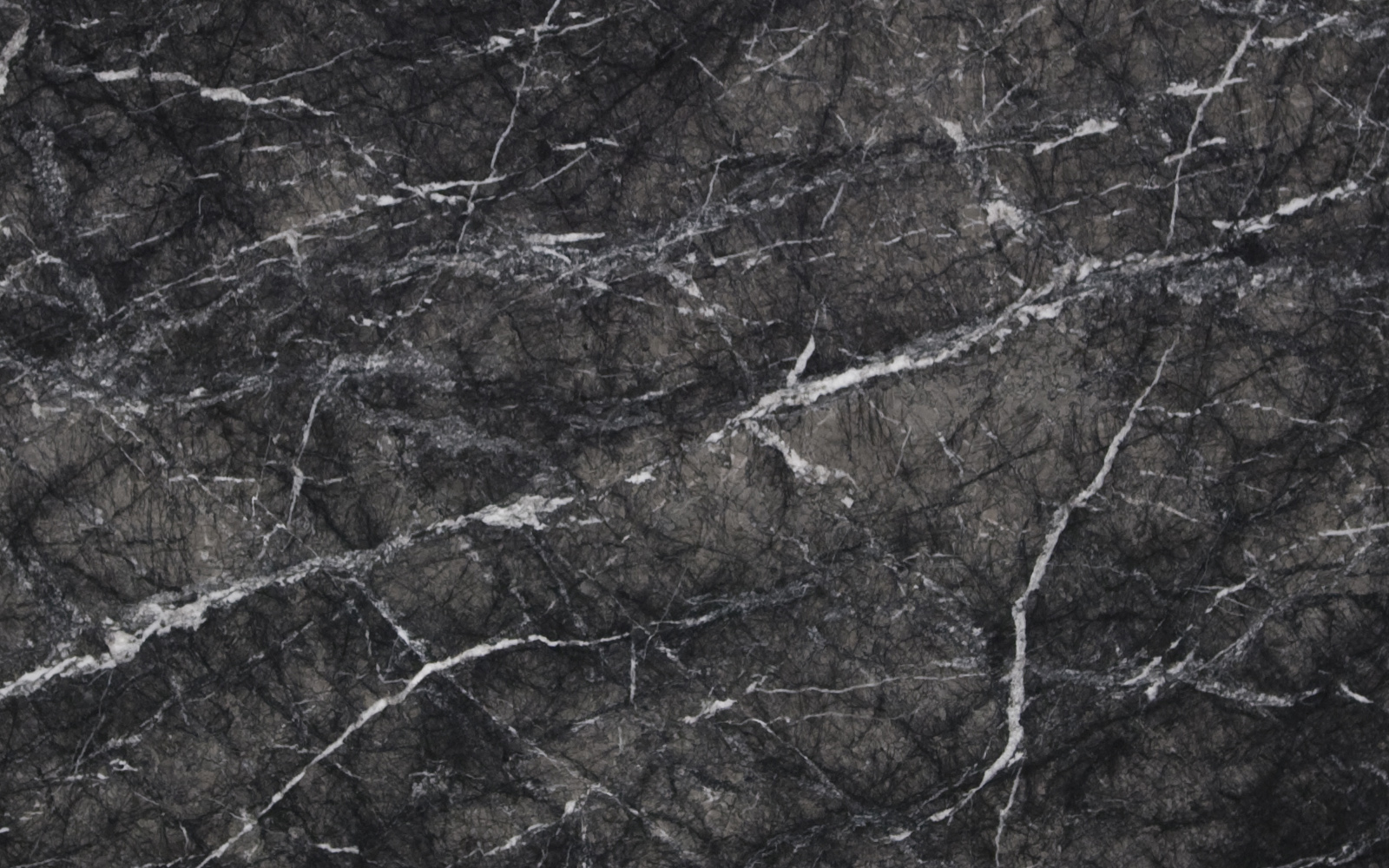


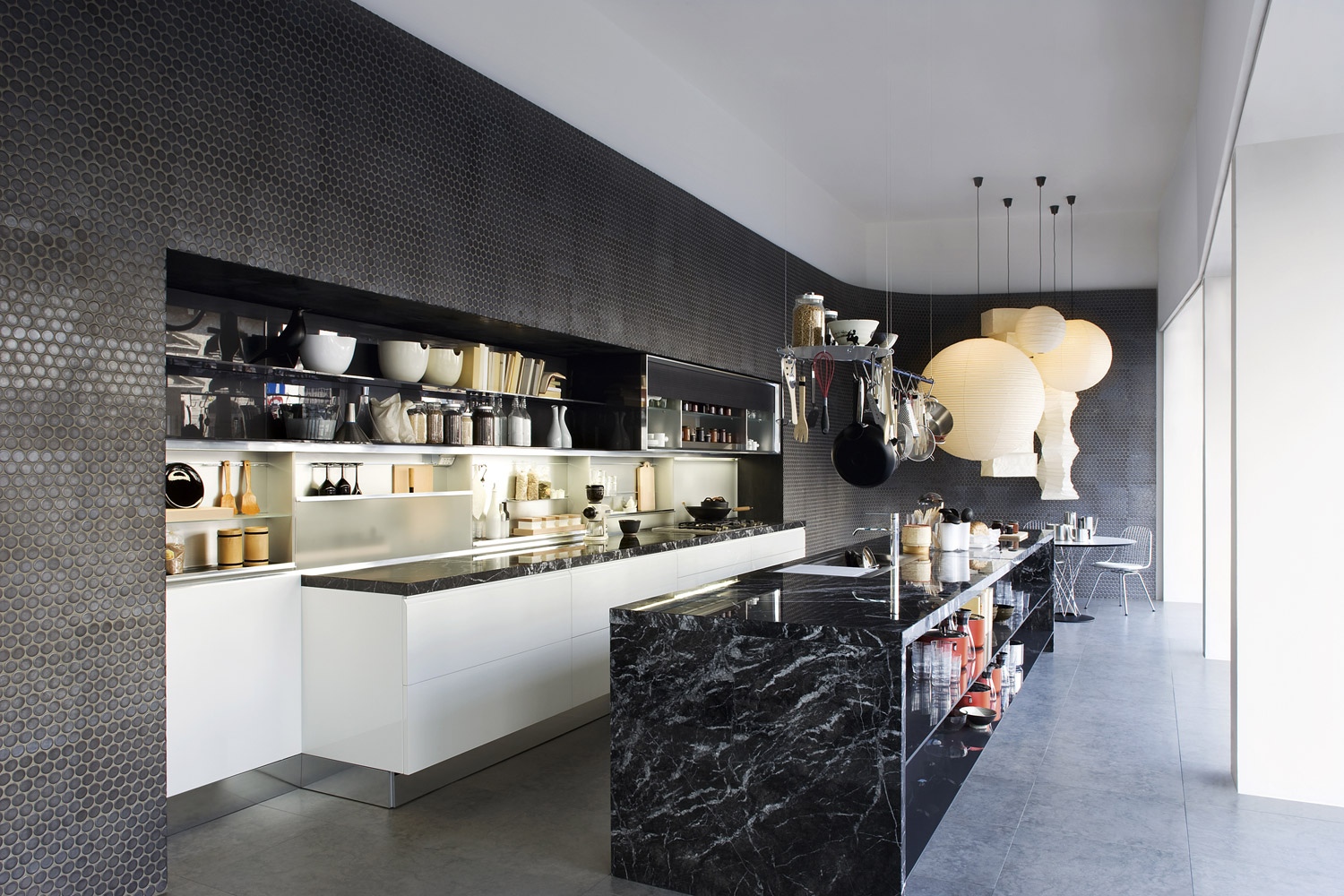
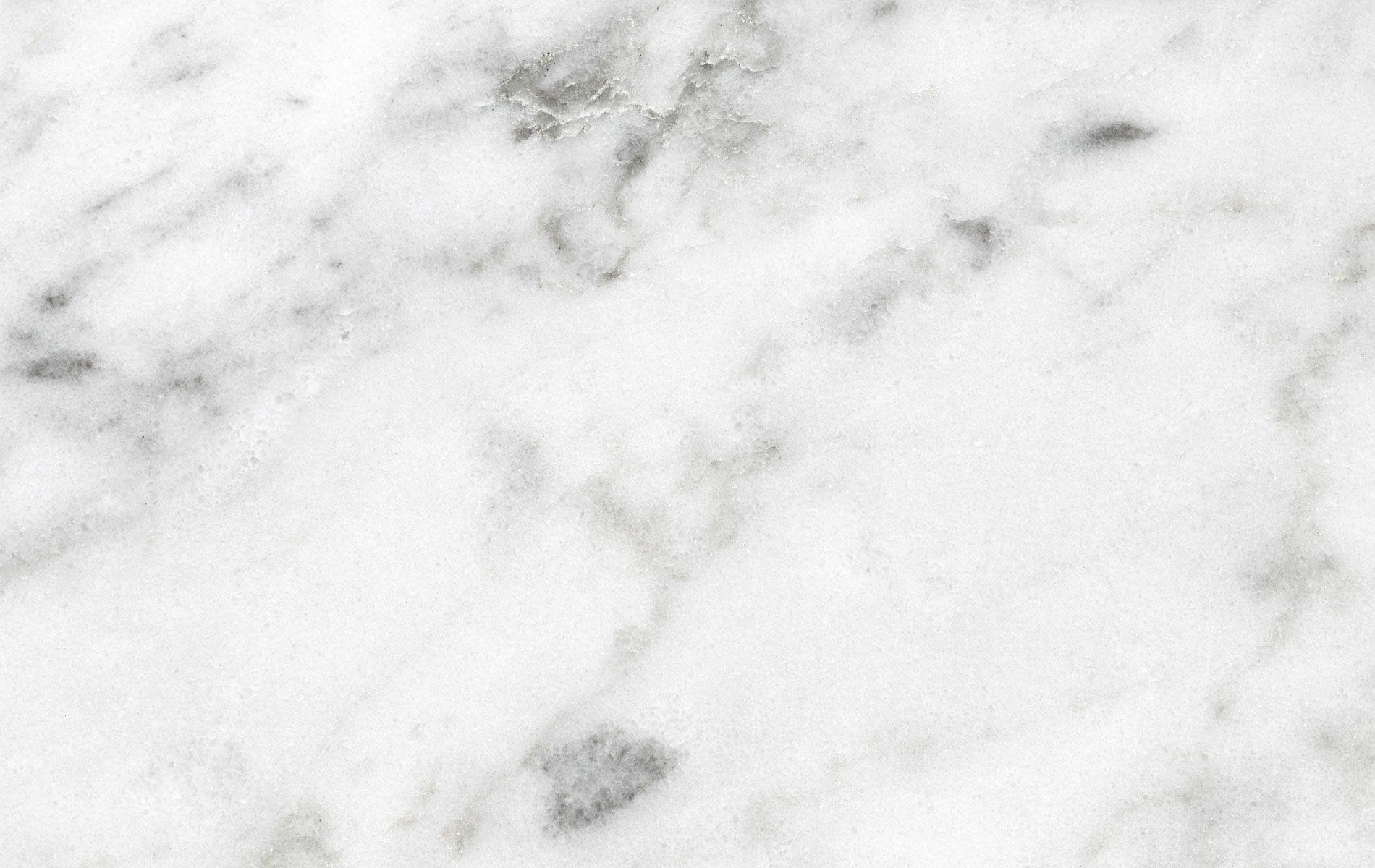




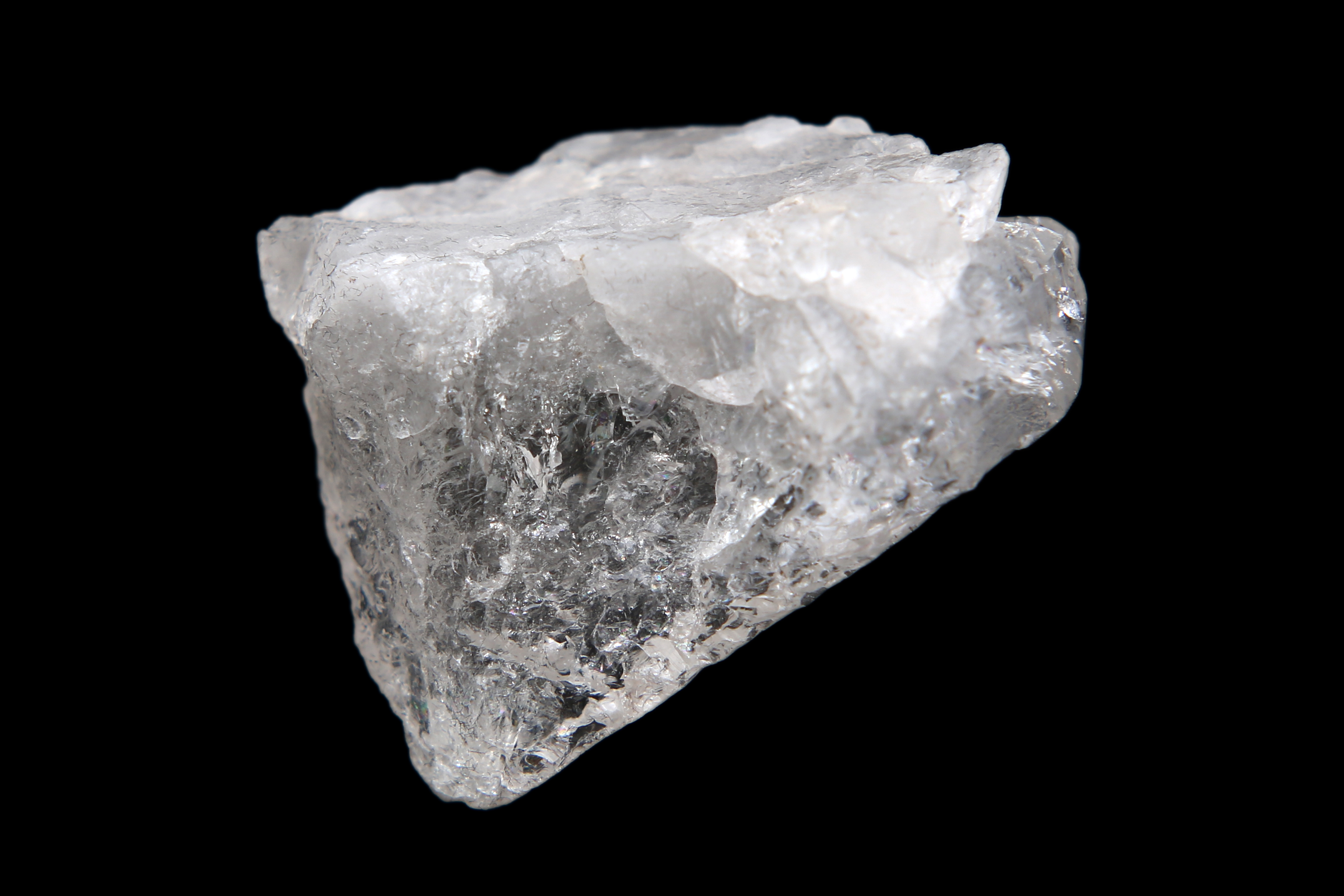

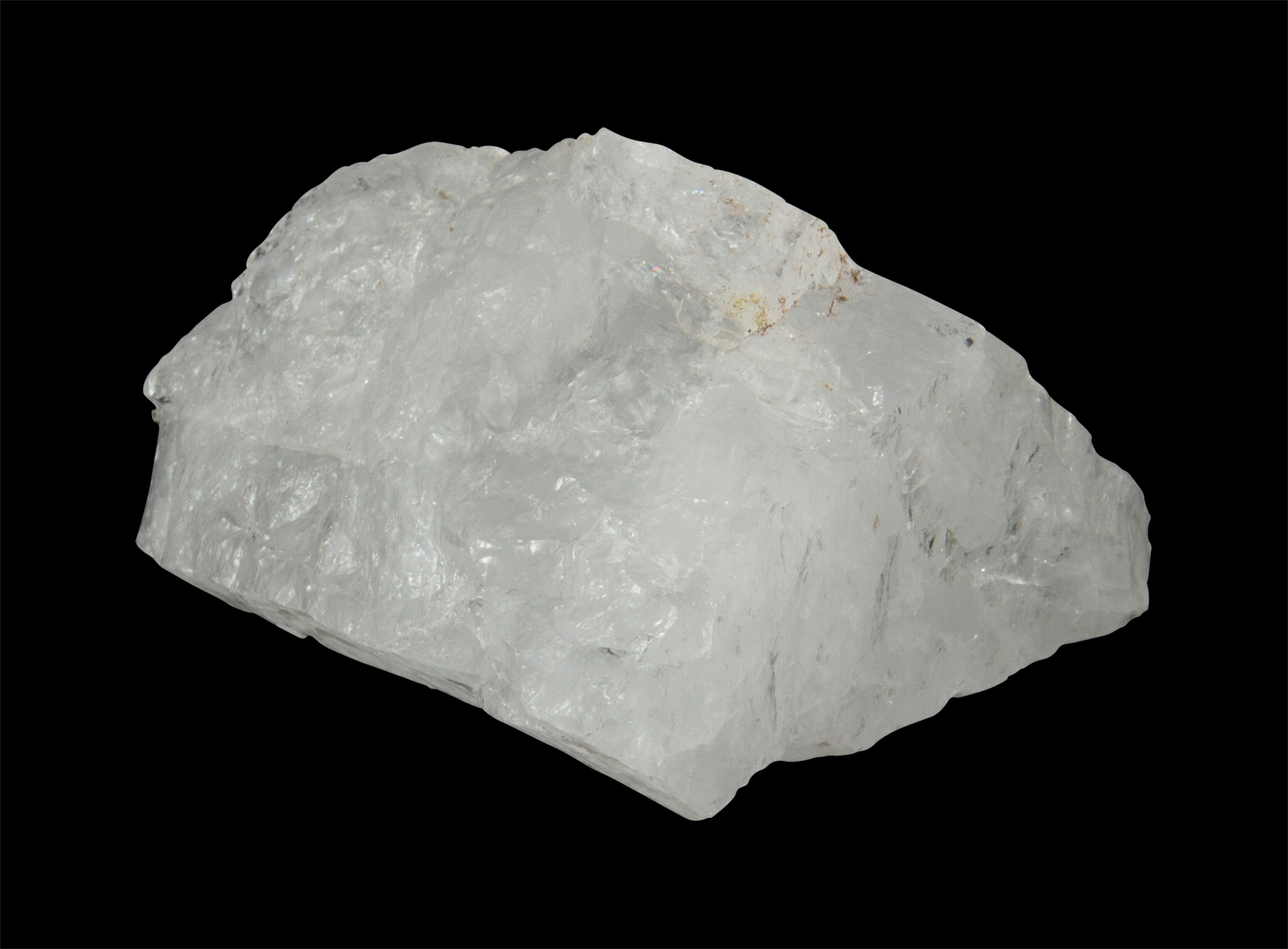
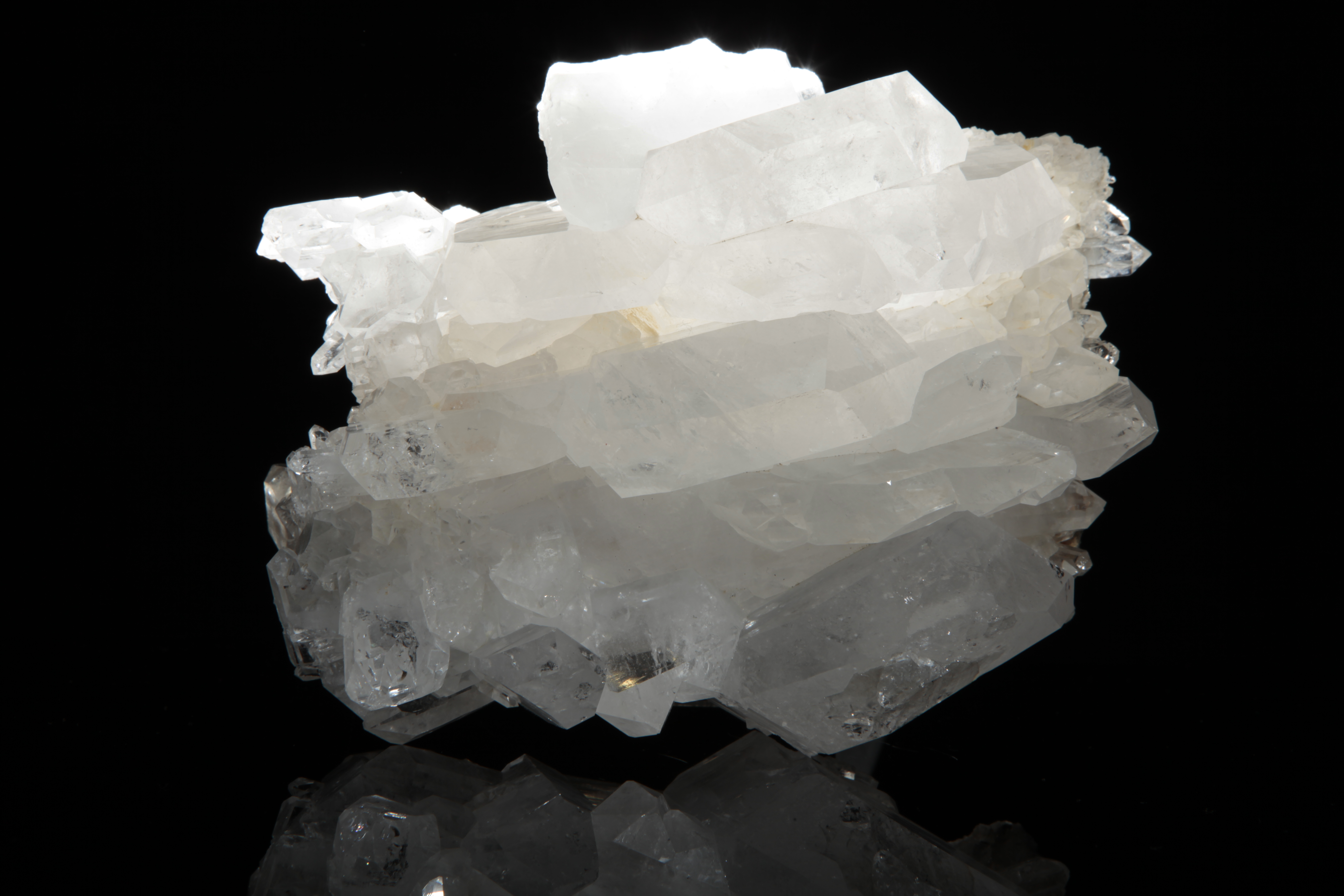
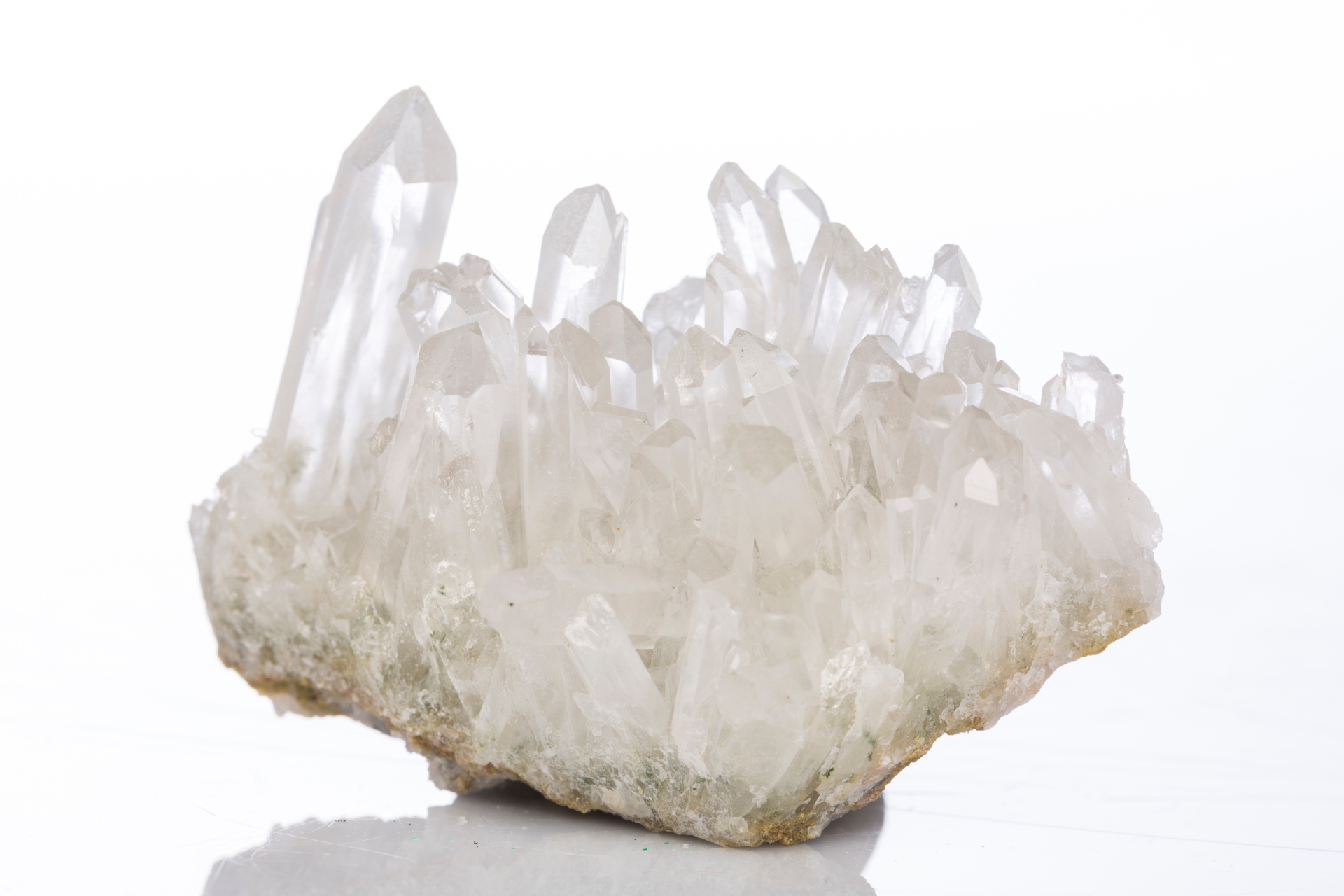
/close-up-of-quartz-crystals-with-pink-sault-651473419-5ac7e32b30371300378c15d7.jpg)
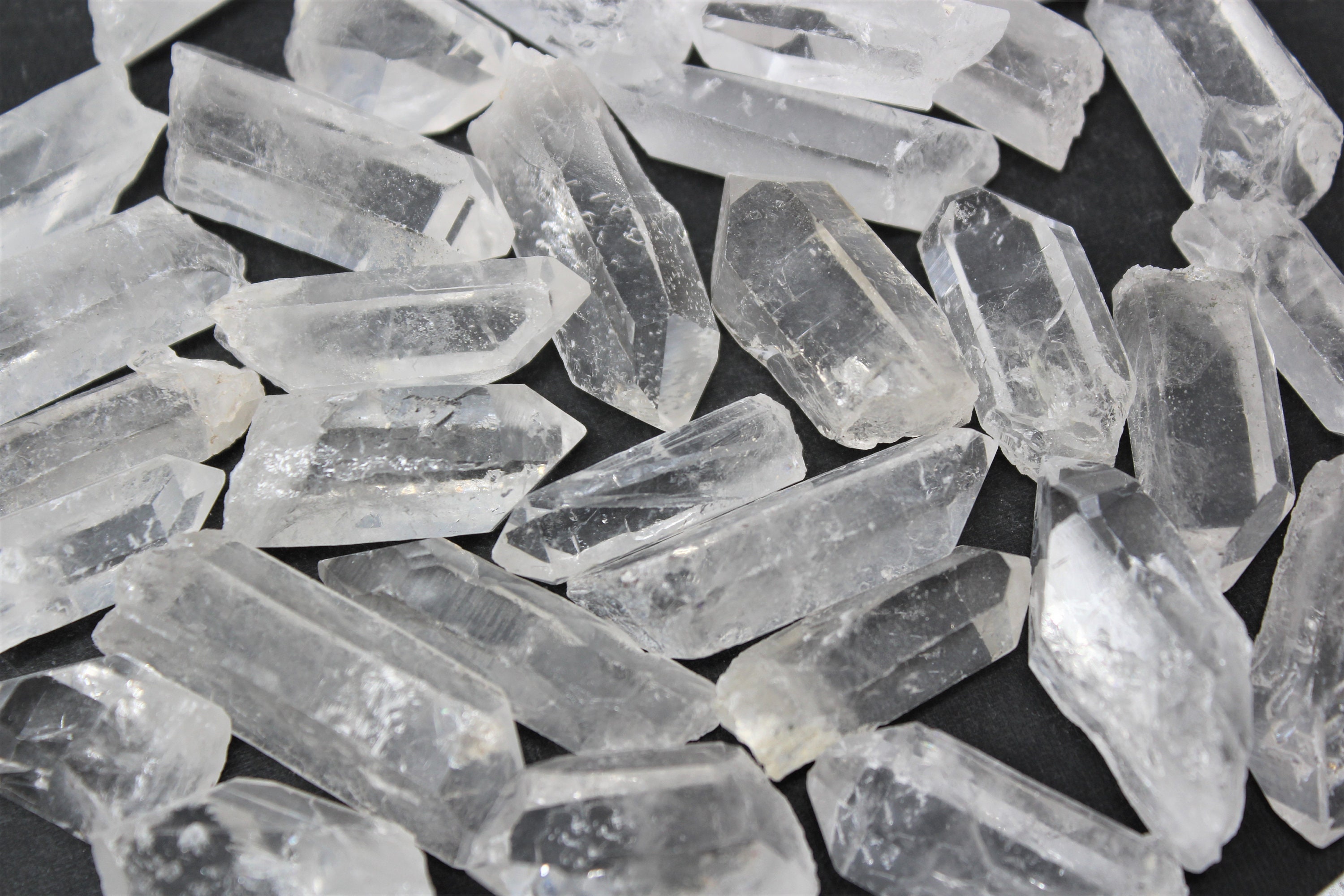
/quartzite-crystal-mineral-sample-studio-shot-with-black-background-972333846-5c7e6525c9e77c0001d19dda.jpg)


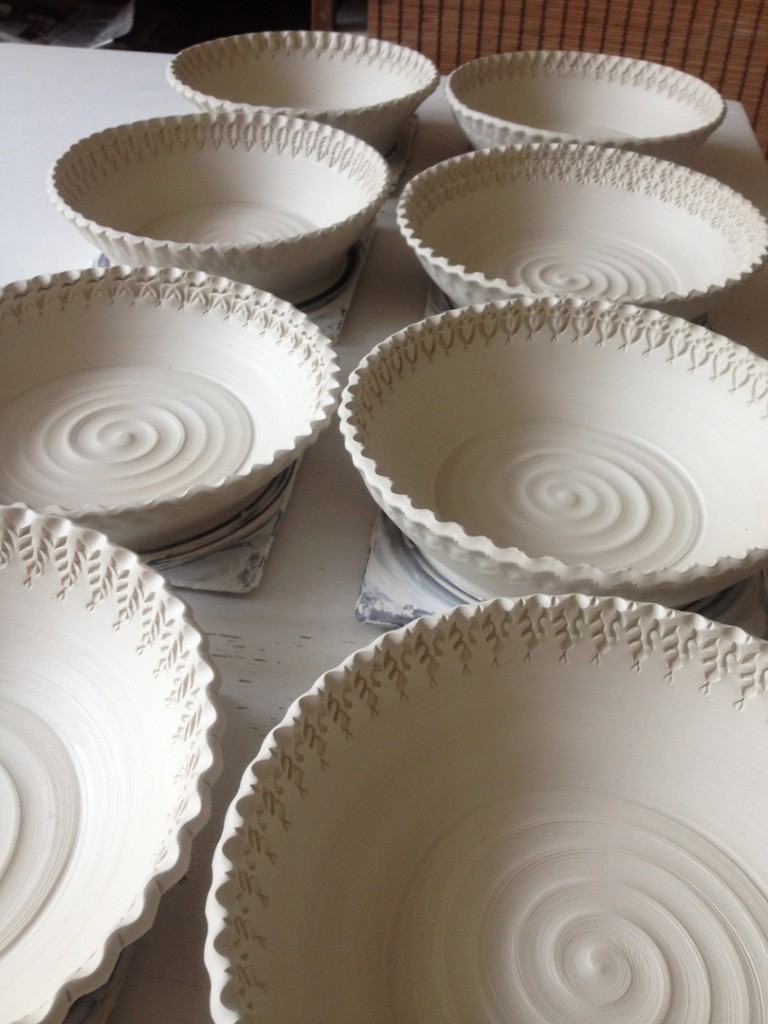
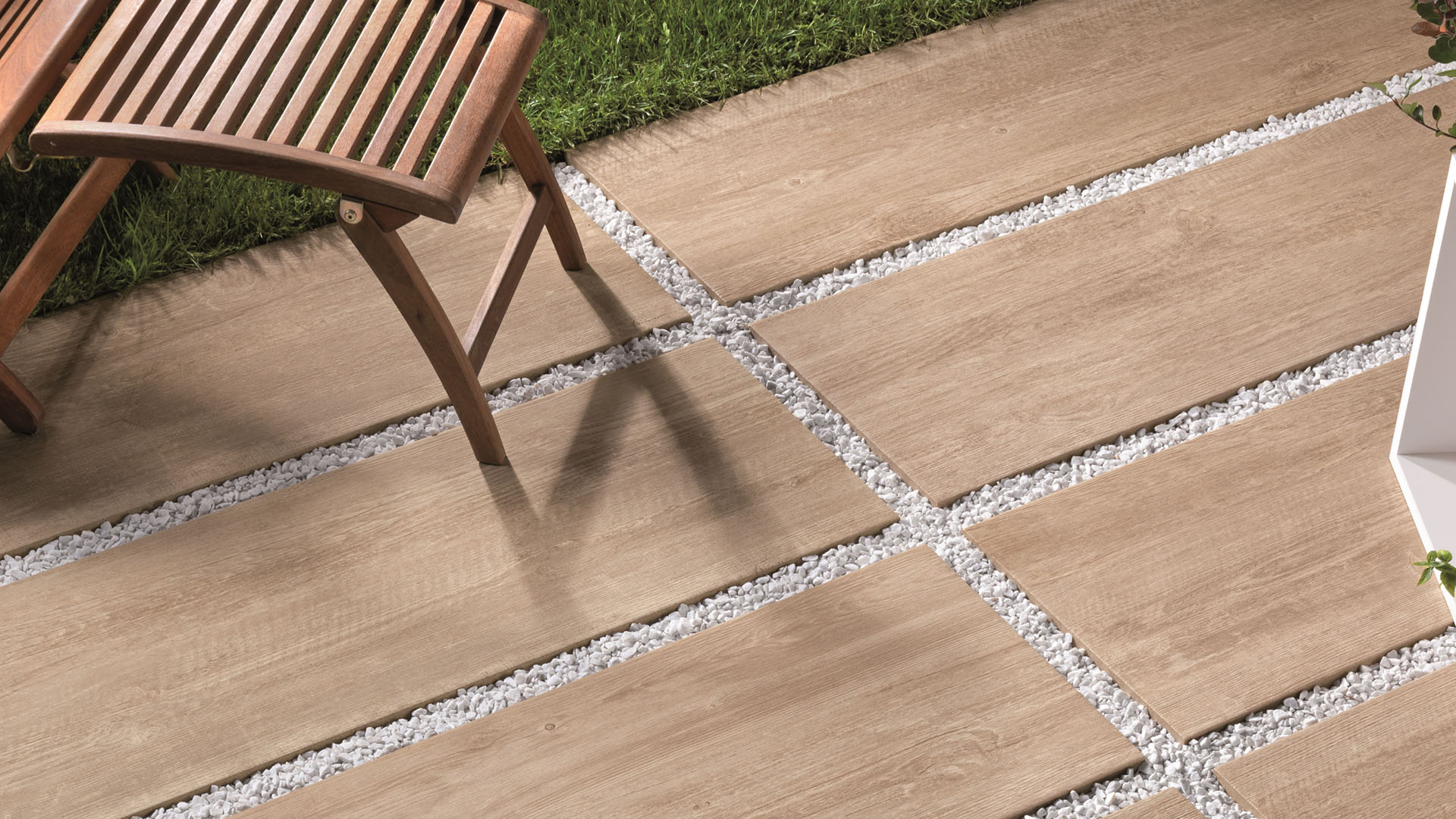

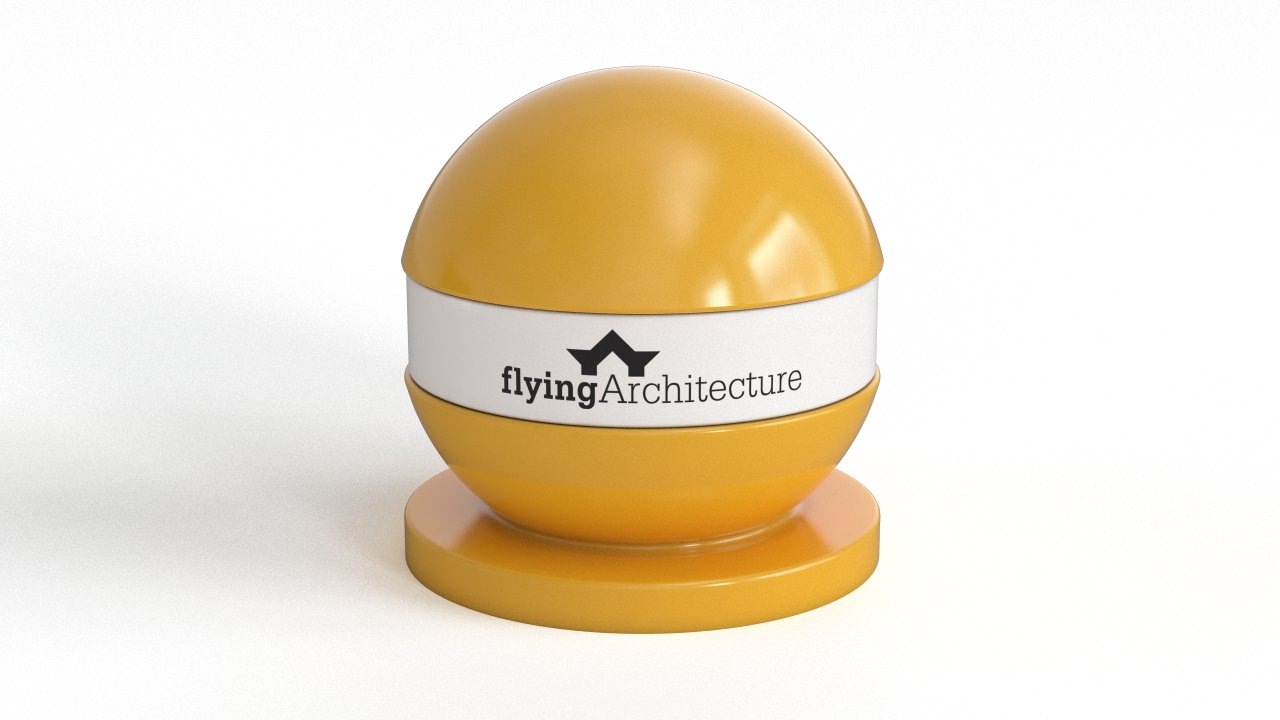
/WetPorcelainTile-5acfa0213037130037cecba0.jpg)






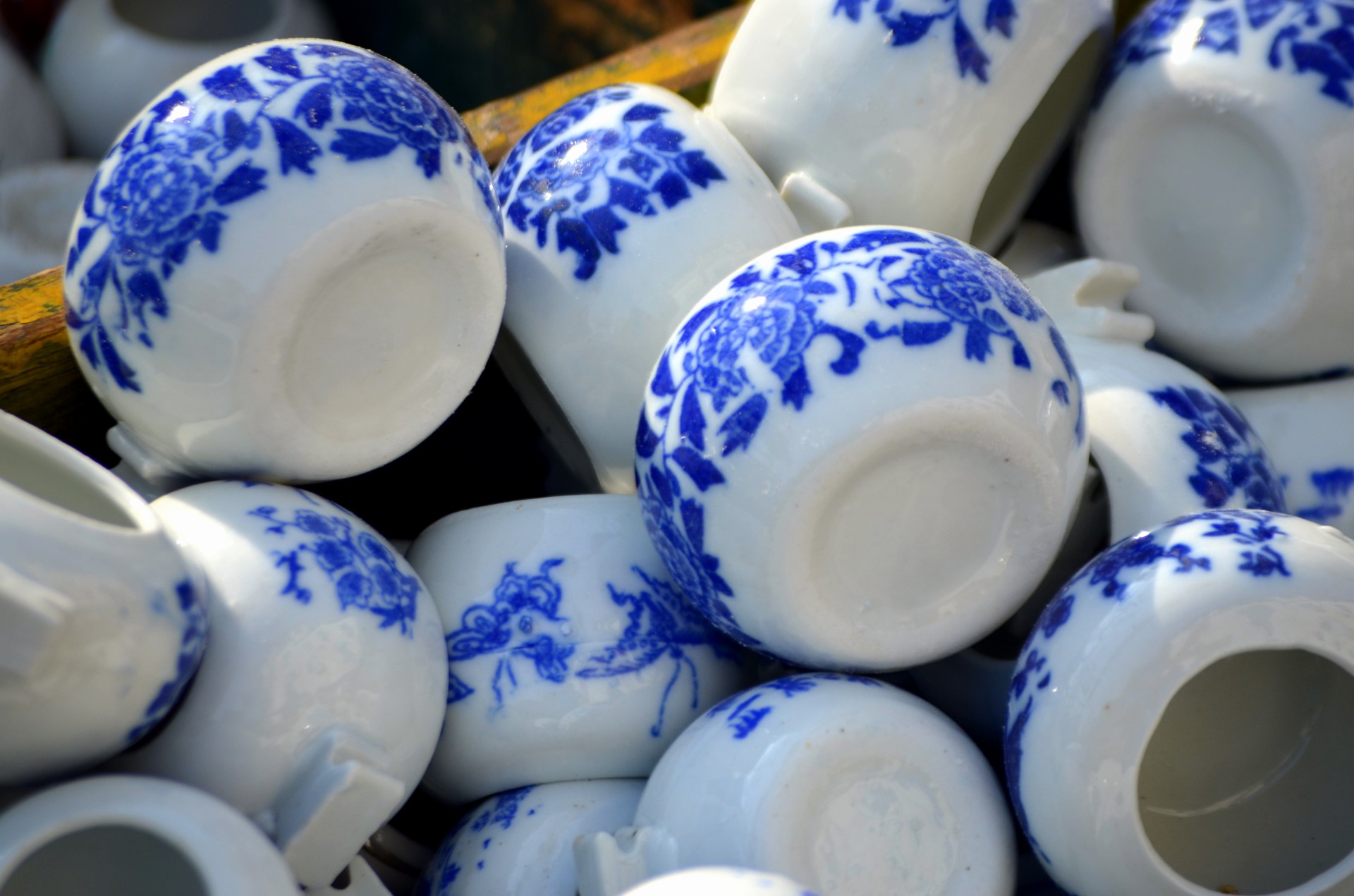


/Installing-Ceramic-Floor-Tile-86464768-583ffd0d5f9b5851e5eac8c0.jpg)
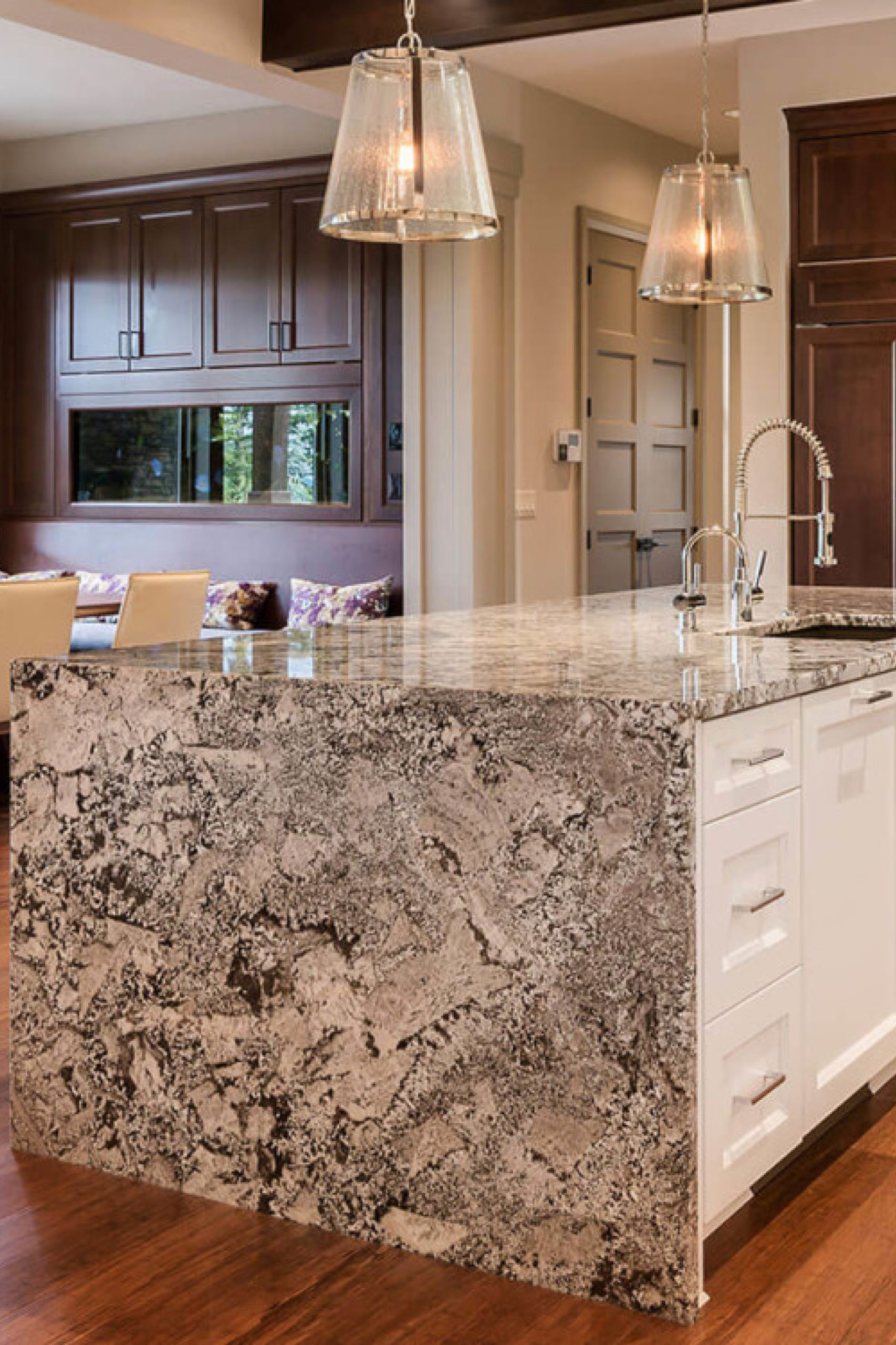
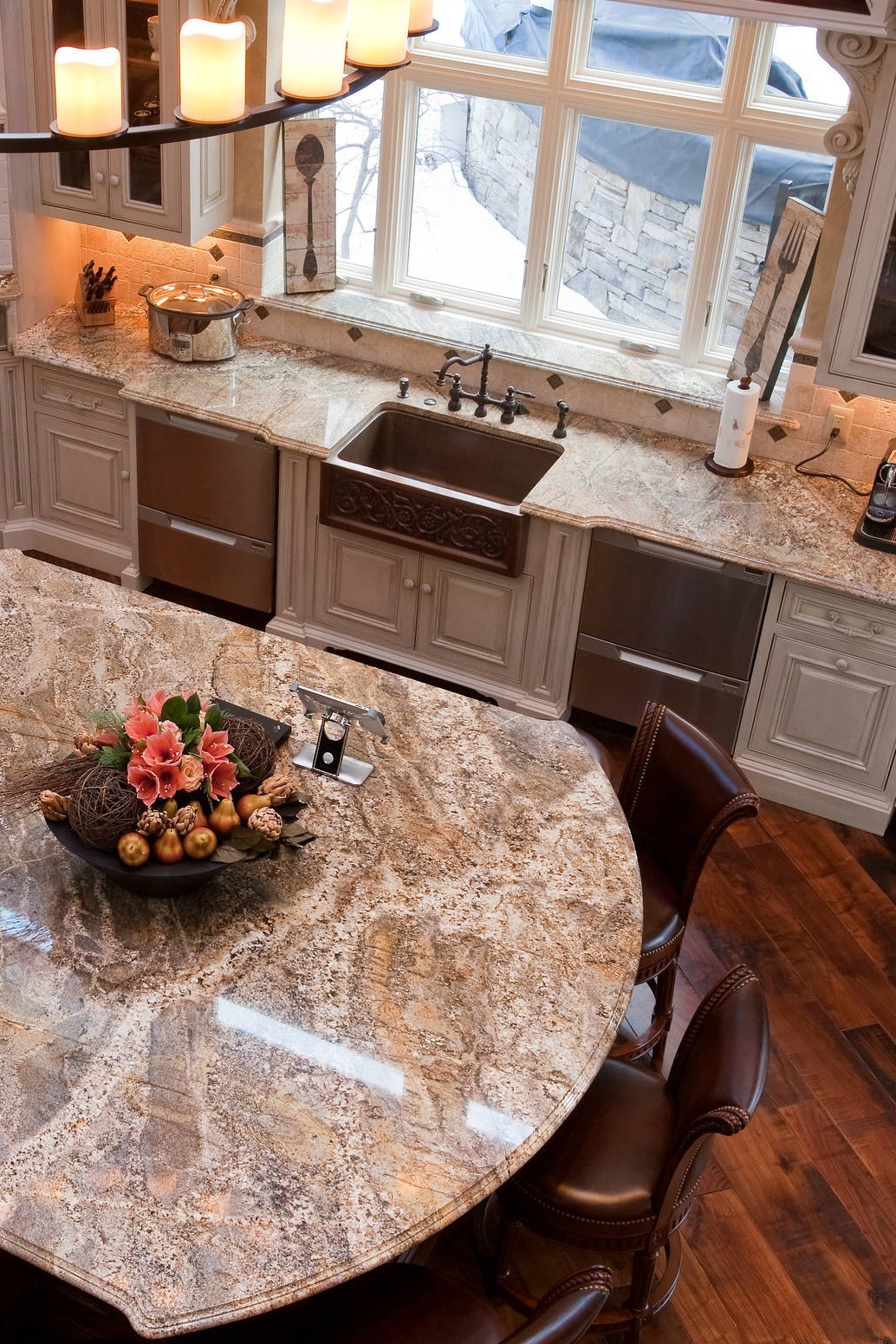
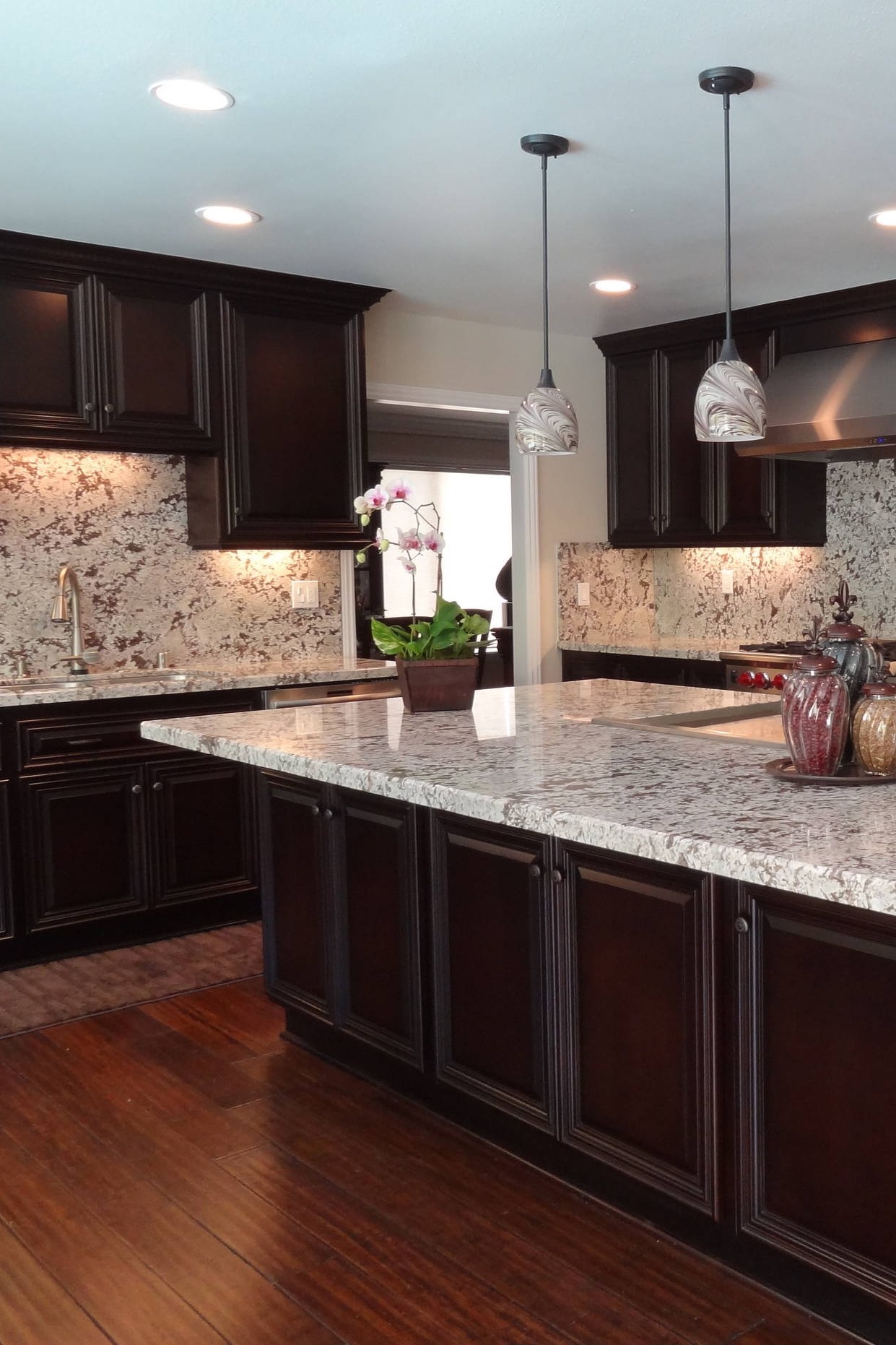


/Granite-Countertop-58c568523df78c353cfebca3.jpg)

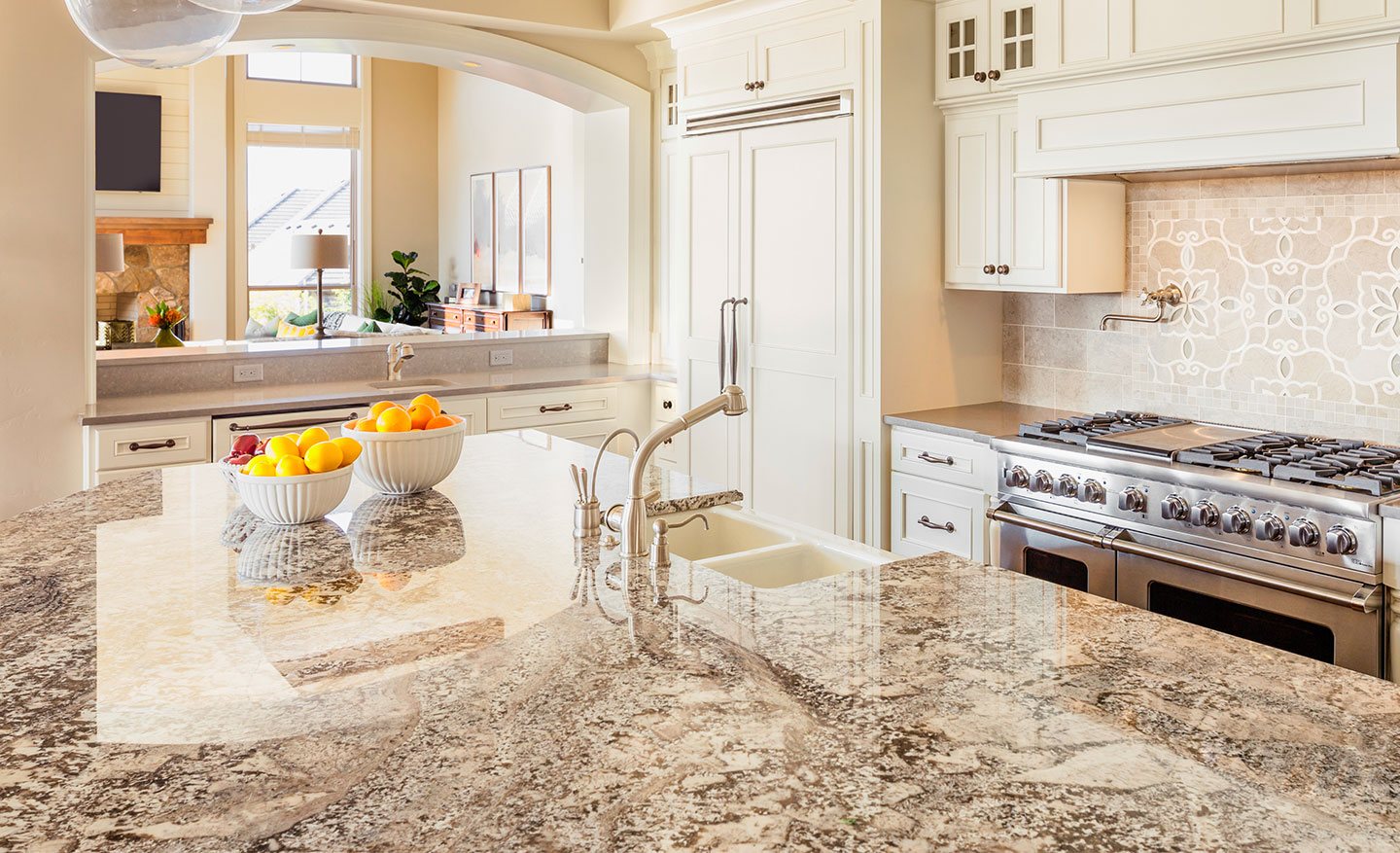
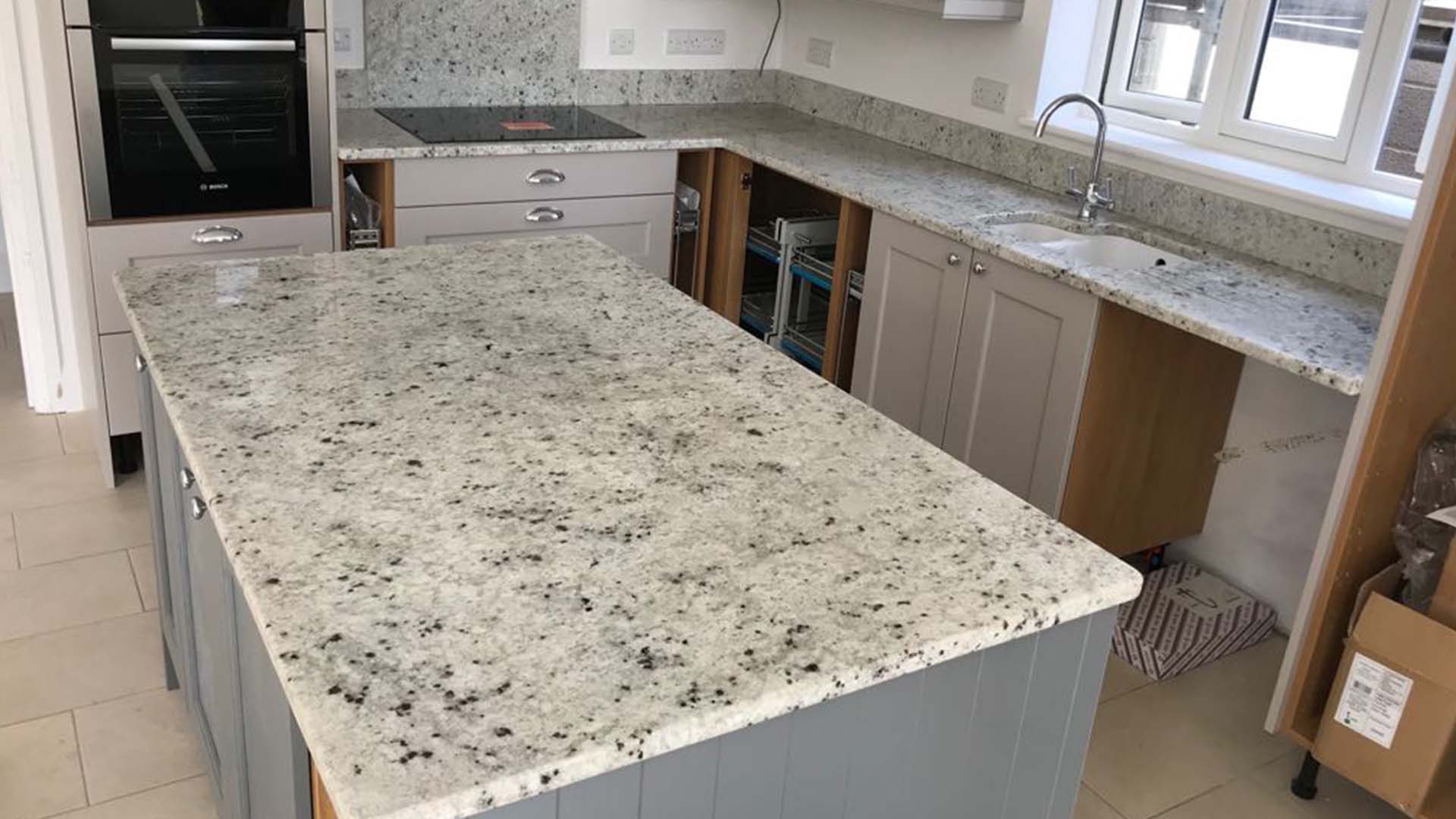
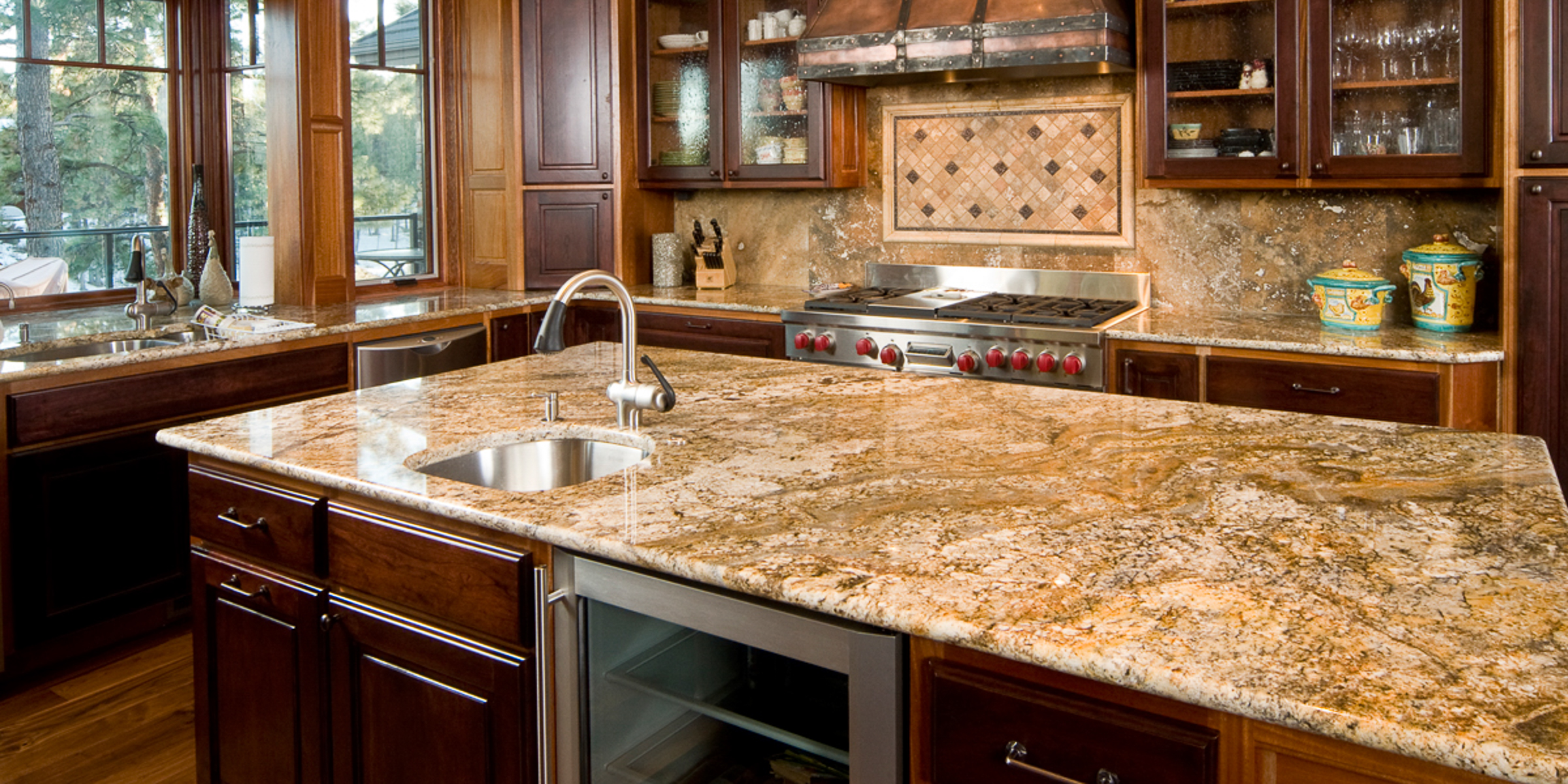

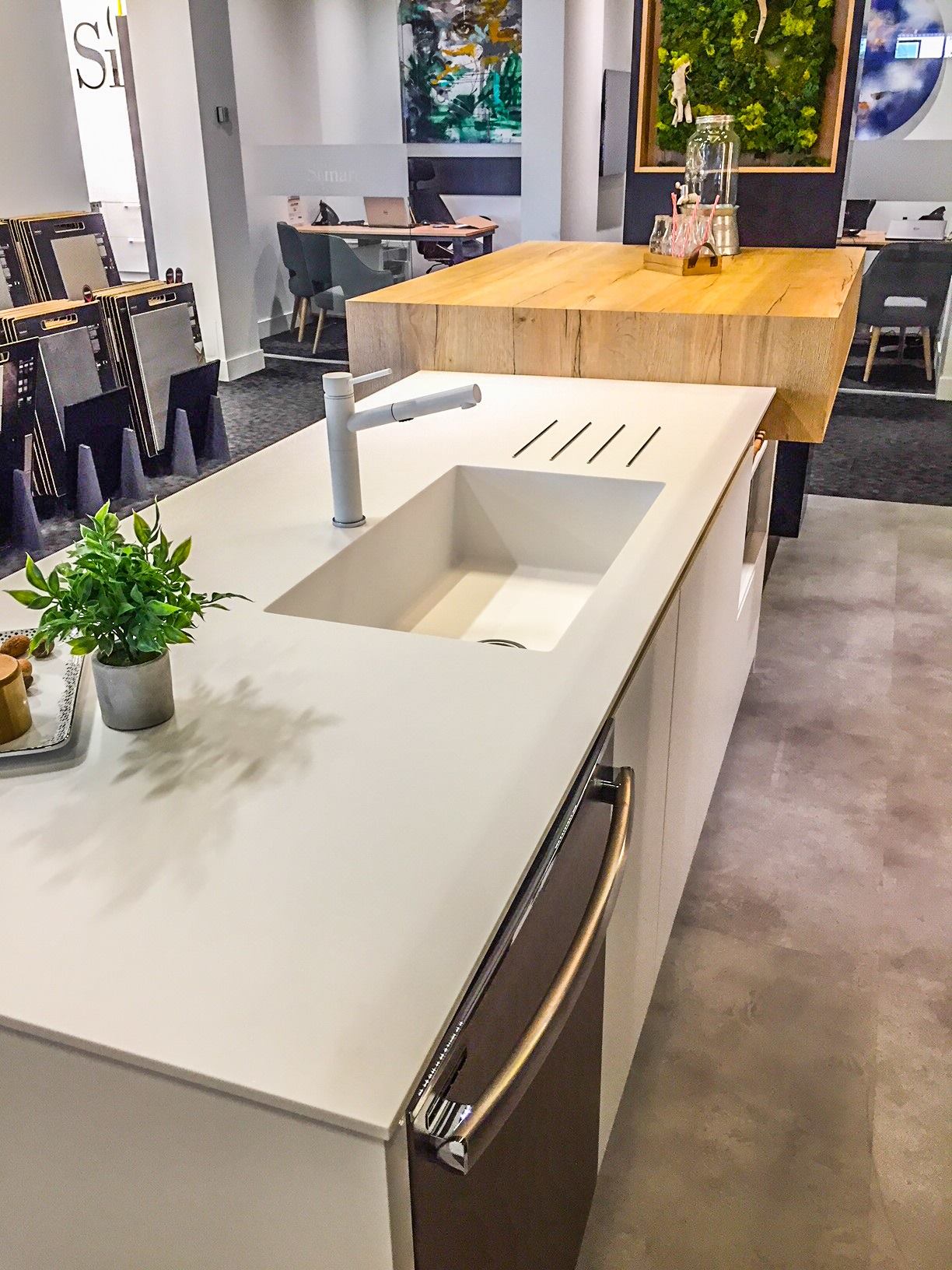
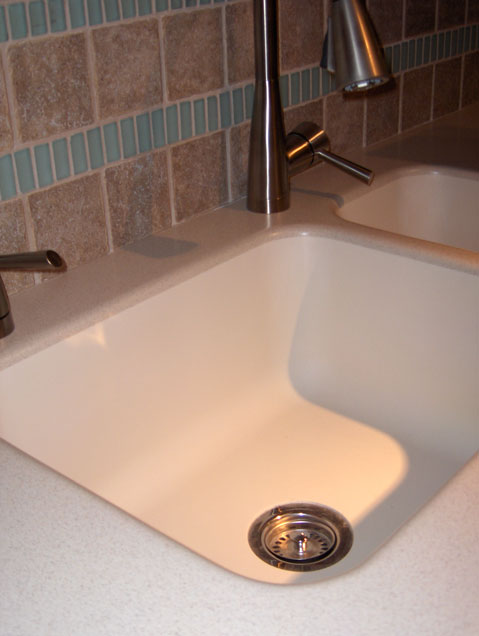

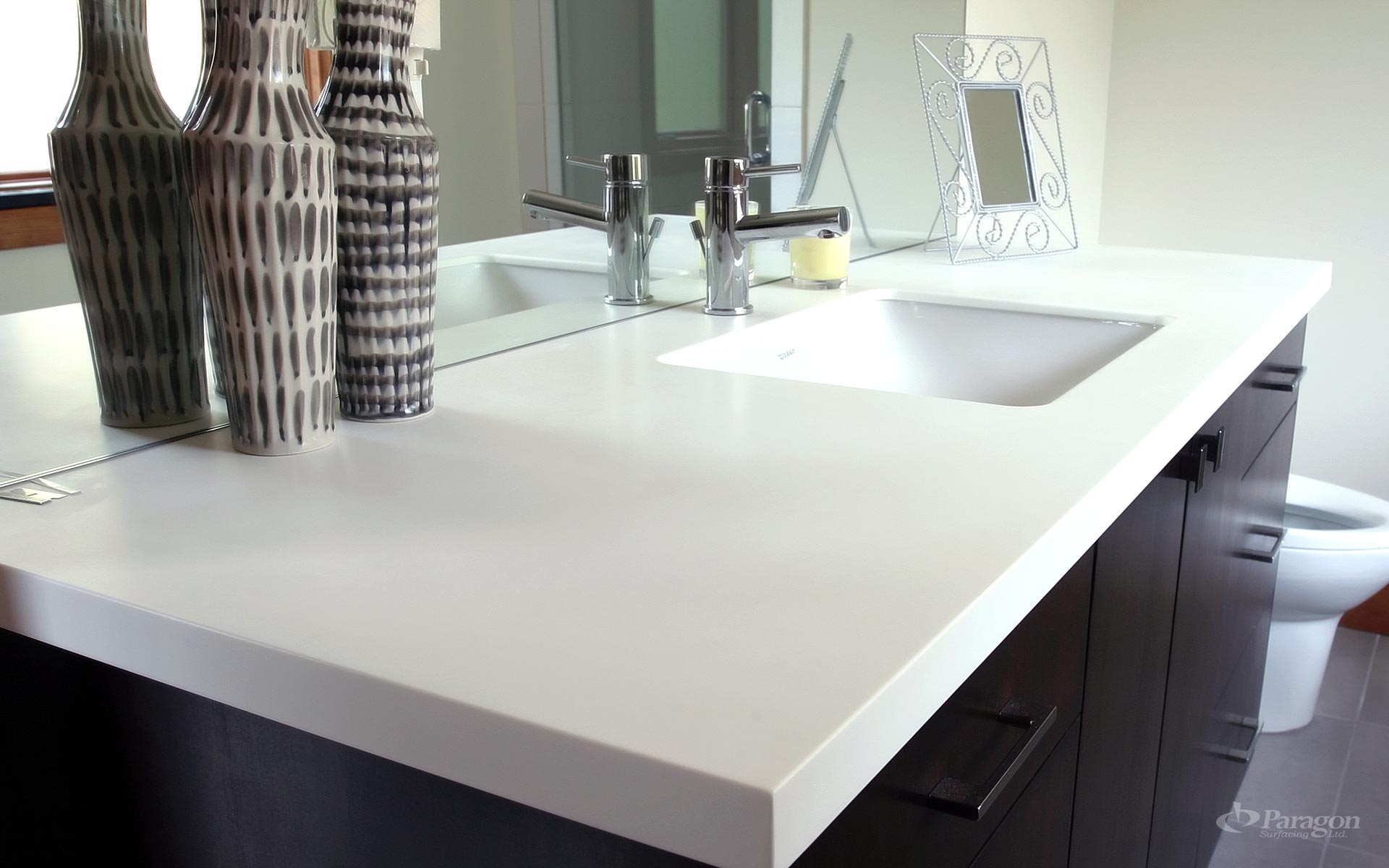
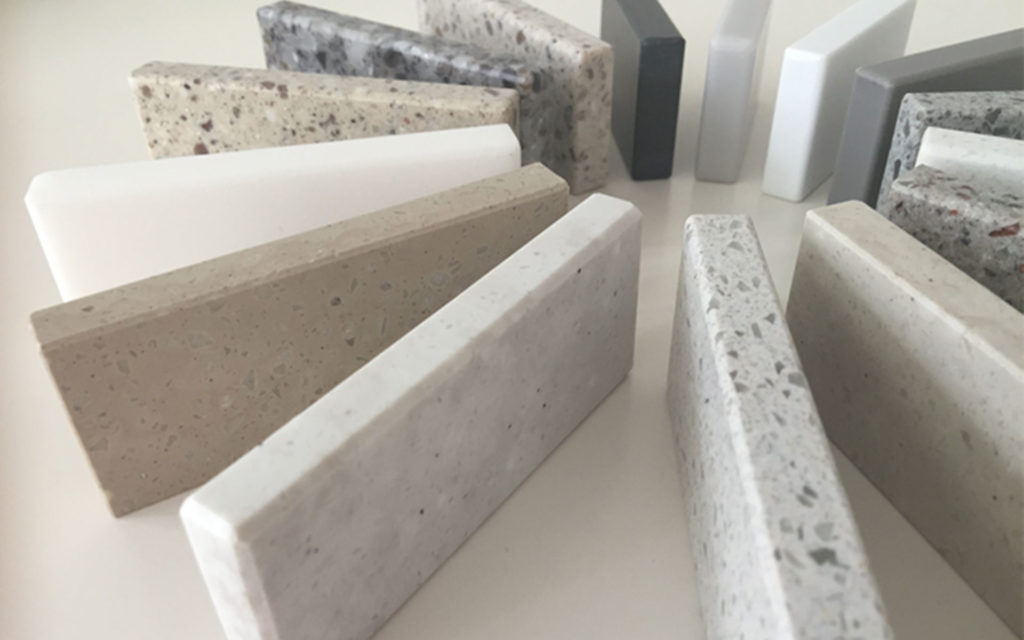


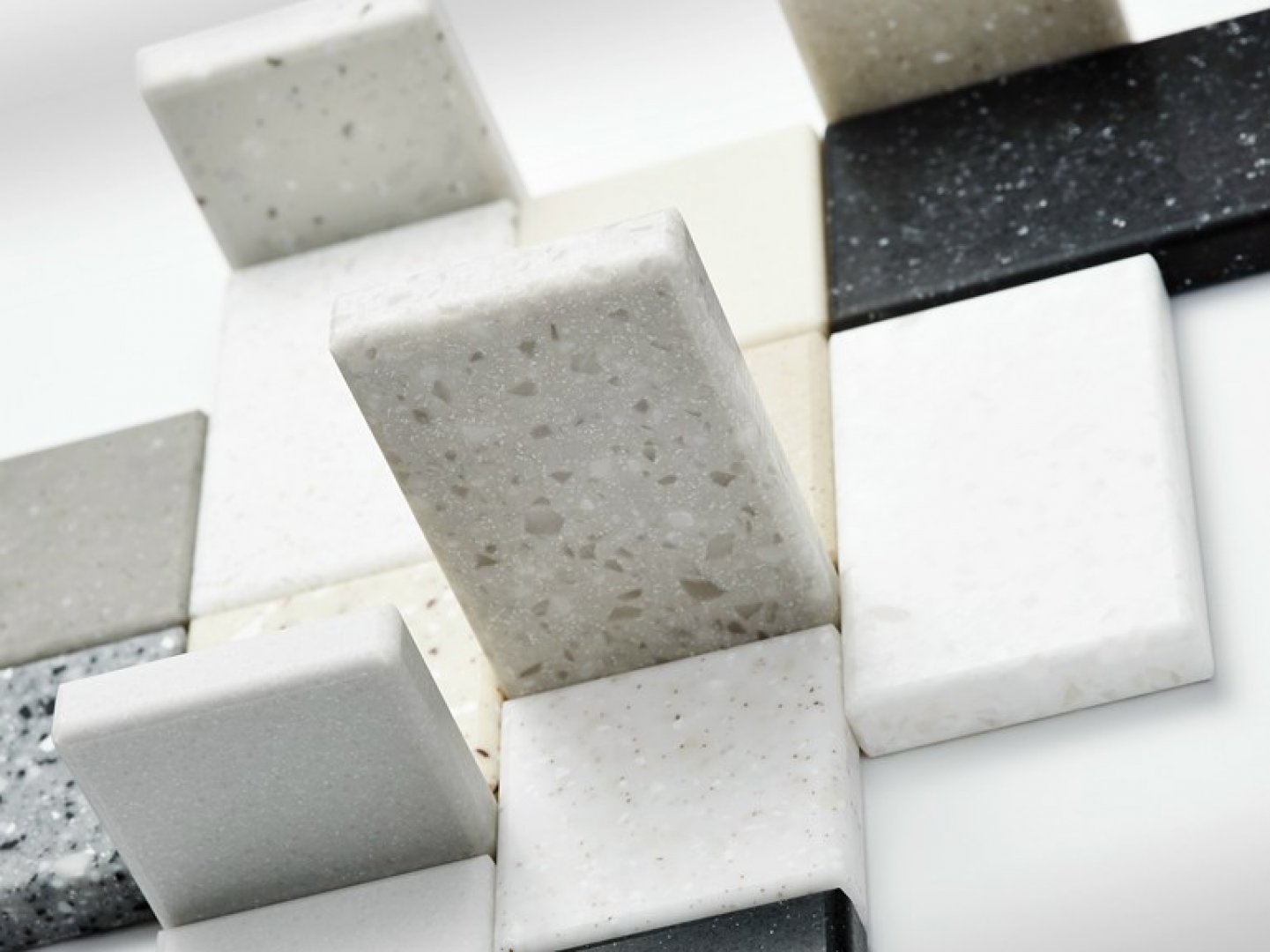


/Bathroomvanity-GettyImages-484490250-cdfaa72bc448469a8381b42080fa56ca.jpg)




